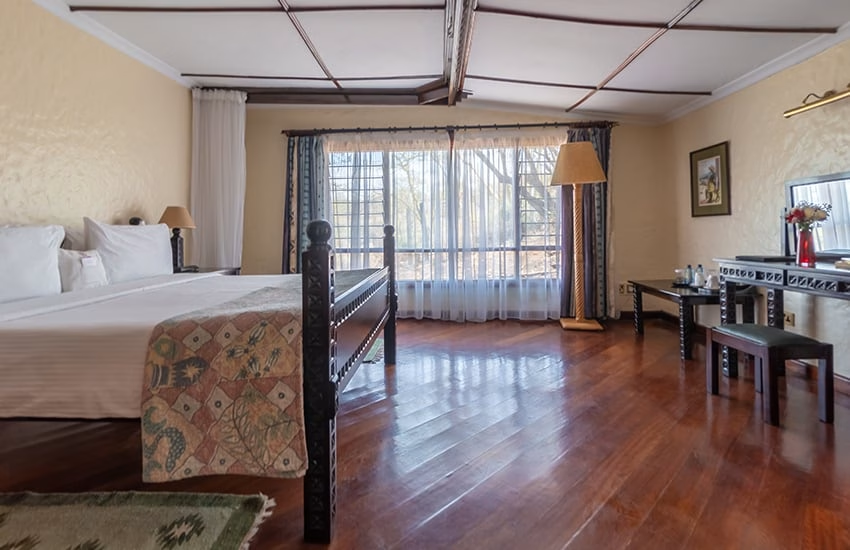
Lake Nakuru Accommodation: 6 Options for the Best Safari Experience
Lake Nakuru National Park is one of Kenya’s most famous safari destinations, known for its pink-hued flamingo flocks, endangered rhino sanctuary, and dramatic Rift Valley escarpments. But beyond its wildlife, the quality of your trip depends heavily on where you stay. Choosing the right Lake Nakuru accommodation shapes not only your comfort but also how close you are to the park’s highlights.
From luxury lodges perched on scenic cliffs to budget-friendly camps surrounded by acacia woodland, travelers have plenty of options both inside and outside the park. Each comes with its own atmosphere, price range, and level of immersion in nature. This guide explores the best accommodation in Lake Nakuru National Park and nearby areas to help you find a stay that matches your safari style.
Why Stay Inside Lake Nakuru National Park?
Many travelers prefer accommodation inside Lake Nakuru National Park because it offers unrivaled access and a more immersive experience. By waking up within the park boundaries, you skip early-morning gate queues and gain extra time for game drives—crucial if you want to catch predators before they retreat into the shade.
Benefits of staying inside include:
- Early access to wildlife: Enter the park at sunrise without delay, when animals are most active.
- Scenic views from your room: Some lodges overlook the flamingo-dotted lake or the vast Rift Valley.
- Immersive safari feel: The sounds of nature—lion roars, bird calls, and rustling acacia leaves—become part of your stay.
- Convenience: No need to drive in and out of the gates each day.
For photographers, families, and first-time safari-goers, staying inside often feels like an extension of the adventure itself. Options here range from eco-lodges to tented camps and mid-range resorts, each offering a balance of comfort and wilderness charm. Based on our experience and feedback from our clients, we have no hesitation recommending the following lodges within the park.
Top Accommodation Options Inside Lake Nakuru National Park
1. Sarova Lion Hill Game Lodge
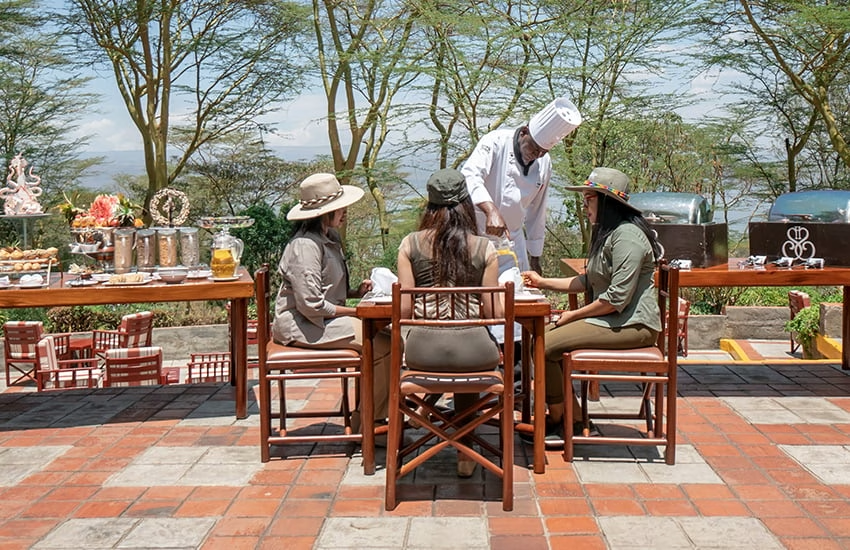
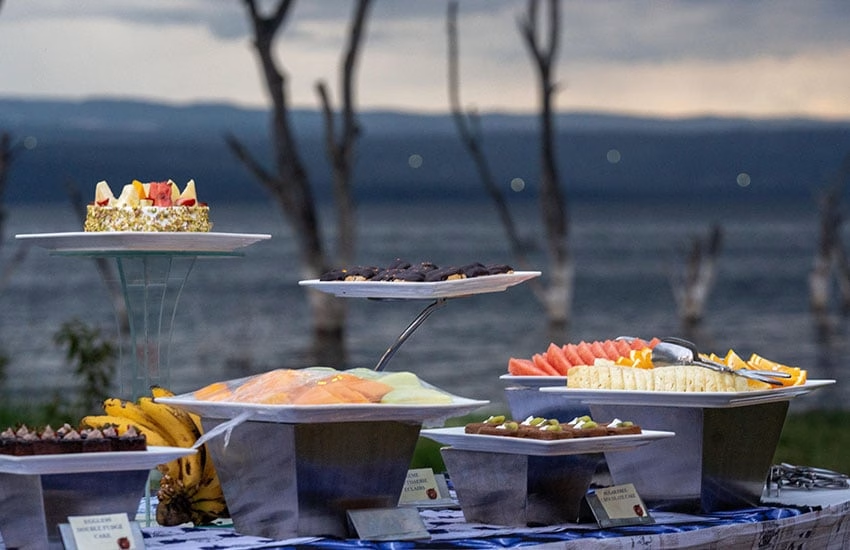
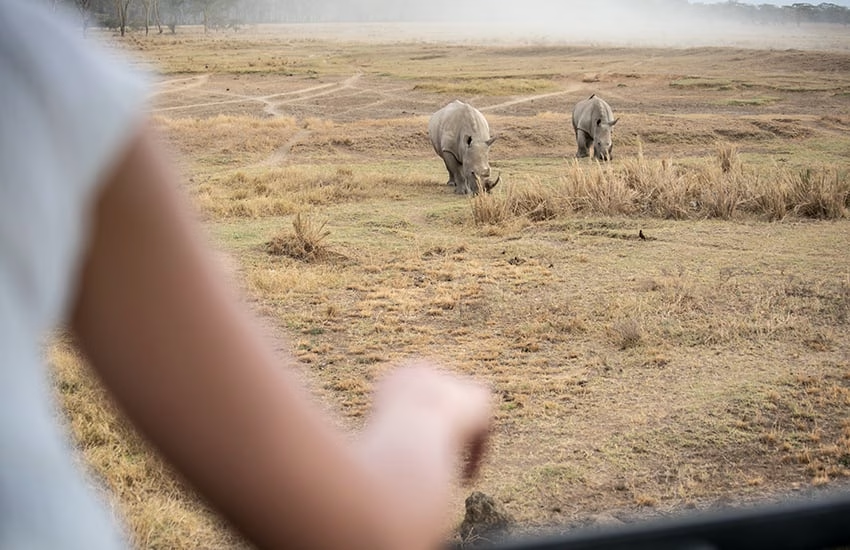
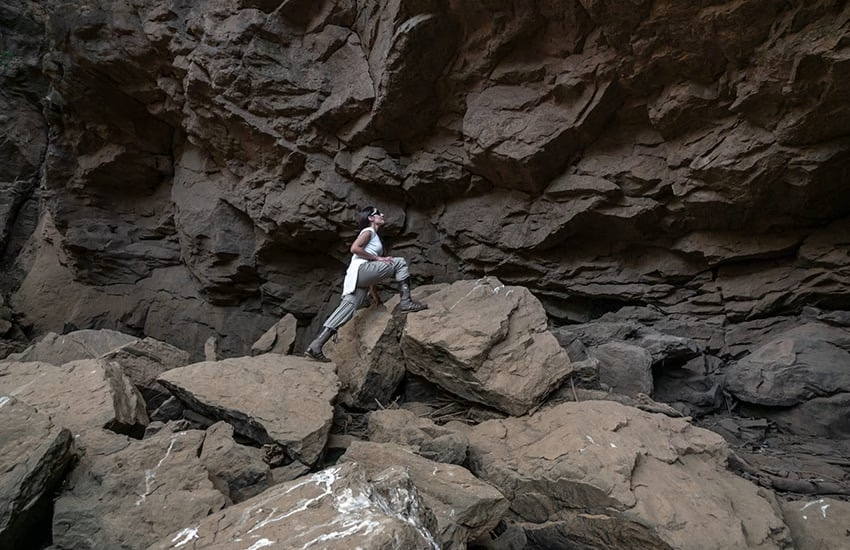
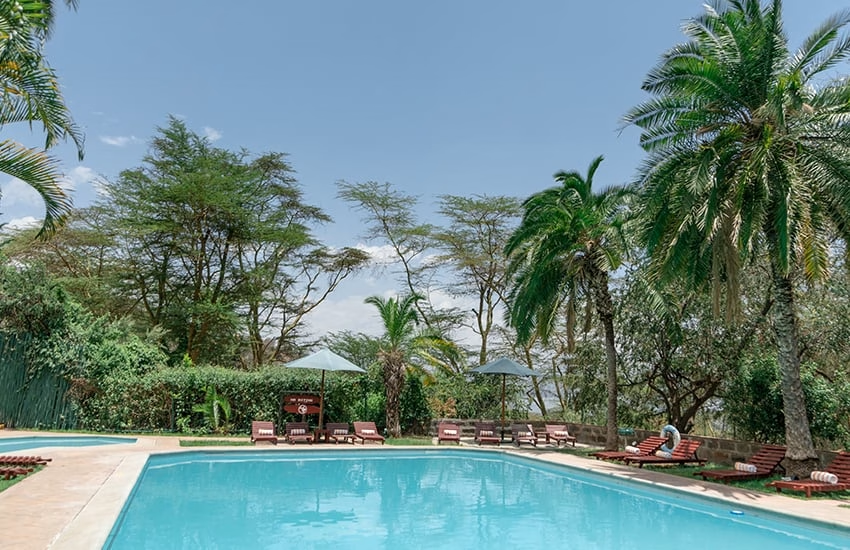
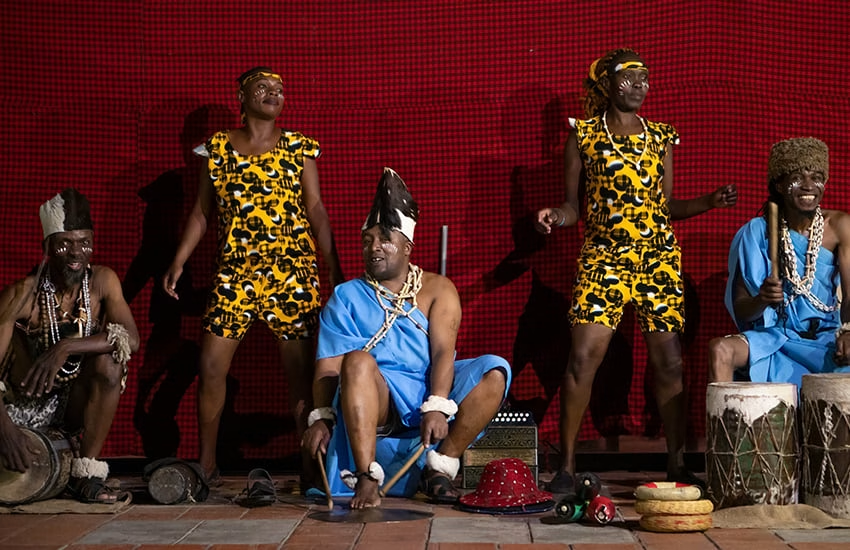
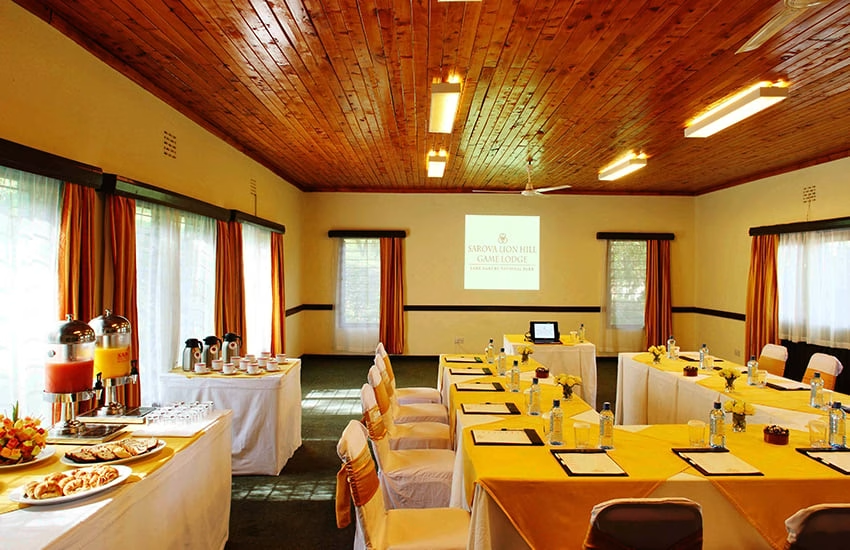

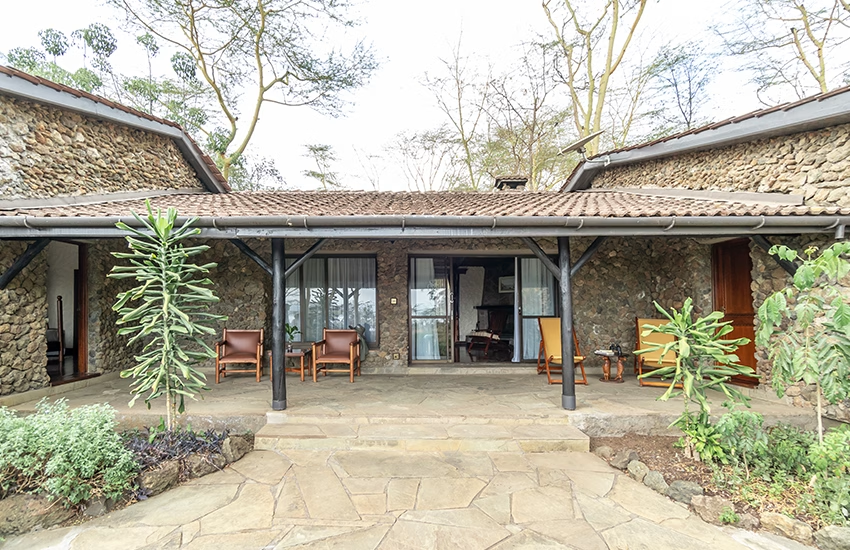
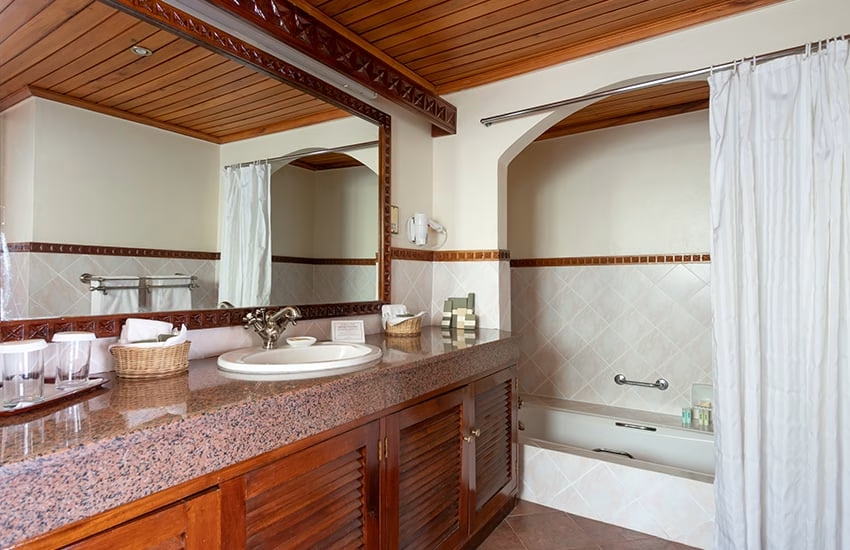
Perched atop Lion Hill with sweeping views of the flamingo-lined shores of Lake Nakuru, Sarova Lion Hill Game Lodge is one of the most iconic places to stay inside the park. Known for its eco-conscious practices and award-winning service, this lodge blends luxury with the raw beauty of the Rift Valley. It is especially suited for families, couples, and photographers who want a comfortable base within the park while still feeling immersed in nature.
Location
Sarova Lion Hill Game Lodge sits inside Lake Nakuru National Park, on the ridge of Lion Hill. This elevated spot provides panoramic views of the lake and the park’s acacia-dotted savannah, making it a top choice for guests seeking both comfort and breathtaking scenery.
Access
The lodge is about 160 kilometers from Nairobi, a 2–3-hour drive along the Nairobi–Nakuru Highway. Once inside the park, it lies approximately 25 kilometers from the Lanet or Nderit gates. Travelers are advised to use a 4×4 vehicle for easy access, especially during the rainy season. Alternatively, visitors can fly into the nearby Naishi Airstrip for quicker access.
Rooms & Suites
Sarova Lion Hill Game Lodge offers 62 chalet-style cottages, plus two junior suites and one superior suite. All rooms feature private terraces overlooking the lake and surrounding landscapes. The design blends traditional safari charm with modern comfort, making each stay relaxing yet authentically Kenyan. Options range from single and double to triple rooms, suitable for families or groups.
Facilities & Amenities
The lodge is eco-certified, holding a Silver Eco-Rating from Ecotourism Kenya. Facilities include a temperature-controlled swimming pool, a jogging track, expansive lawns, and an outdoor spa. Guests also enjoy Wi-Fi, a gift shop, a sauna, and well-maintained gardens. The lodge caters to children, with plenty of space and activities to keep young explorers engaged.
Bar
The Rift Valley Bar is a highlight of the property. Guests can sip cocktails on the terrace while watching sunsets over the Rift Valley. Evenings often feature cultural performances or bonfires, creating a vibrant yet intimate atmosphere.
Meetings & Conferencing
Sarova Lion Hill doubles as a conference destination. Its peaceful setting makes it an ideal venue for retreats, workshops, and team-building sessions. Facilities are equipped with modern conferencing tools while offering views that inspire creativity and focus.
Restaurants & Meals
The Flamingo Restaurant serves fresh, globally inspired cuisine made with produce from the lodge’s own herb and vegetable gardens. Meals are buffet-style, but guests can also enjoy bush dining experiences under the stars, which are a signature highlight of the lodge. Special dietary needs are accommodated upon request.
Activities
Guests can enjoy a wide range of activities, including:
- Swimming and water games in the pool.
- Bird watching and feeding, with flamingos and over 400 bird species nearby.
- Nature walks and jogging along scenic tracks.
- Archery, yoga, and table tennis.
- Evening cultural nights celebrating Kenyan traditions.
- Game drives in Lake Nakuru National Park, where rhinos, lions, leopards, and giraffes roam freely.
Sarova Lion Hill Game Lodge combines luxury accommodation with unforgettable safari experiences, making it one of the best accommodation in Lake Nakuru National Park for travelers seeking both comfort and adventure.
2. Lake Nakuru Sopa Lodge
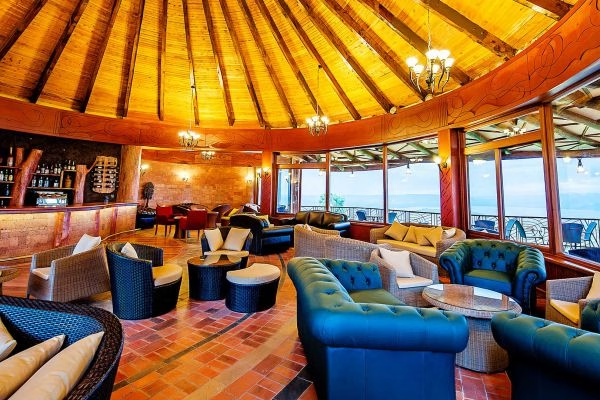
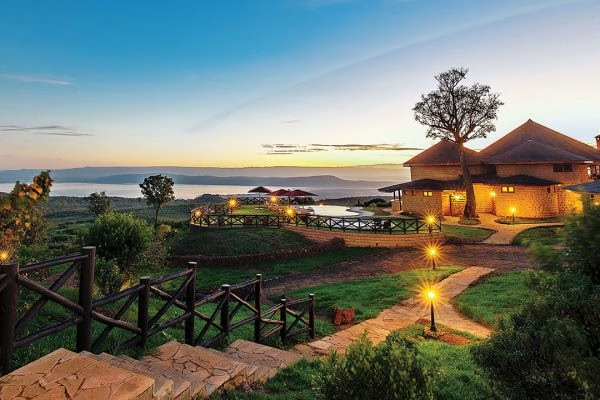
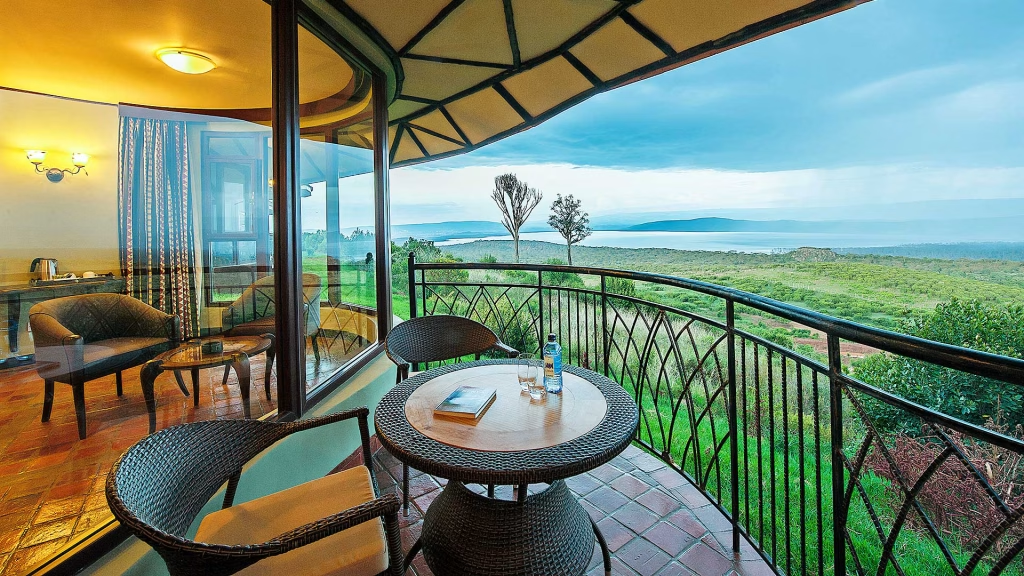
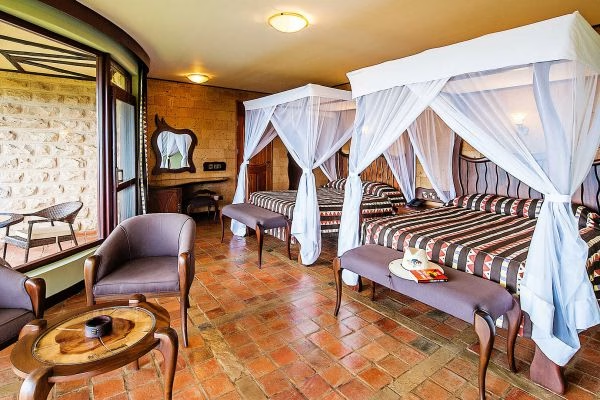
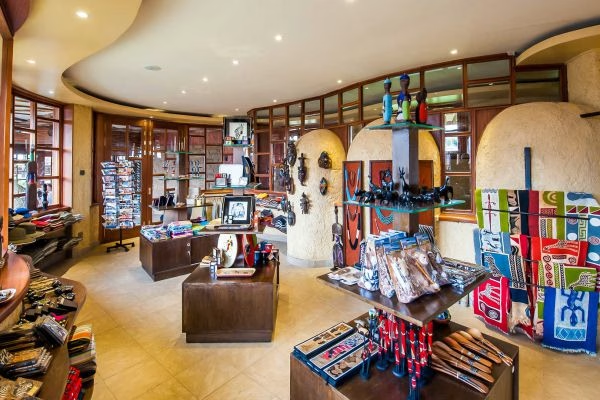
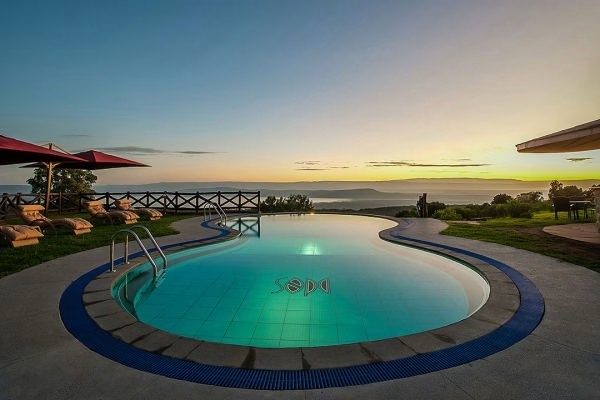
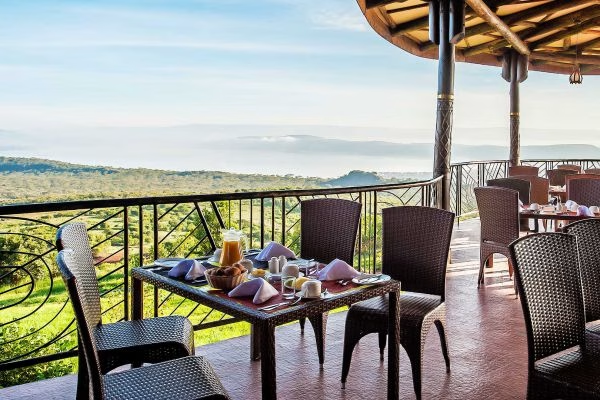
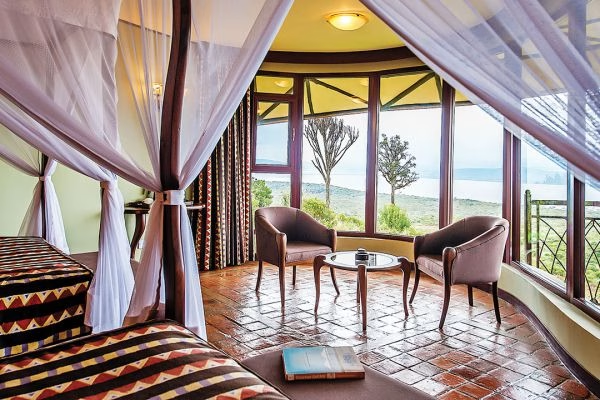
Set high on the western escarpment of the Great Rift Valley, Lake Nakuru Sopa Lodge combines breathtaking views with warm hospitality. Overlooking the park and its iconic flamingo-dotted lake, this lodge is a favorite for families, groups, and travelers seeking comfort in a scenic setting. Guests praise it in many Lake Nakuru Sopa Lodge reviews for its friendly staff, spacious rooms, and excellent value.
Location
The lodge is perched on a range of hills forming the western boundary of Lake Nakuru National Park. From its terraces, guests enjoy sweeping views of the lake and its wildlife-rich surroundings. Its elevated setting also makes it one of the most panoramic accommodation in Lake Nakuru National Park.
Access
From Nairobi, the lodge is a 2.5-hour drive (about 165 kilometers) along the Nairobi–Nakuru highway, followed by 21 kilometers of all-weather road through the park. By air, flights from Wilson Airport take 30–40 minutes to Naishi Airstrip, followed by a 15-minute transfer to the lodge. For self-drivers, Sopa Lodge Nakuru directions are well-marked and accessible, though a 4×4 is advisable during the rainy season.
Rooms & Suites
Lake Nakuru Sopa Lodge has 60 spacious rooms, including two wheelchair-accessible units.
- Twin rooms feature two queen beds.
- Double rooms have a large king-size bed.
- Triple rooms come with two queen beds plus a single bed.
- Quad rooms suit families with two queen beds for two adults and two children.
All rooms come with balconies overlooking the park, en-suite bathrooms, and modern amenities. Guests often highlight the comfort of the beds and the views in Lake Nakuru Sopa Lodge reviews.
Facilities & Amenities
Facilities include a beautiful infinity swimming pool with a pool bar, a lounge, a gift shop, babysitting services, and free Wi-Fi in public areas. Guests also enjoy laundry services, board games, and special diet catering. Families benefit from children’s menus, babysitting, and turndown service, making the lodge family-friendly.
Bar
The lodge features a well-stocked bar with a terrace that overlooks Lake Nakuru. It’s a favorite sunset spot where guests enjoy cocktails while watching the landscape change colors.
Meetings & Conferencing
The lodge has a small but fully equipped boardroom for up to 10 people, ideal for intimate meetings or planning sessions. For larger events, the lodge organizes team-building activities, weddings, and themed dinners within the grounds, from Maasai cultural nights to champagne bush breakfasts.
Restaurants & Meals
The main restaurant serves buffet-style meals inspired by international and local cuisines. Much of the produce is sourced locally, and the lodge caters for special dietary needs. Guests can also book bush breakfasts, sundowners, or themed dinners such as barbecues and African nights.
Activities
Guests enjoy a range of experiences, including:
- Game drives within Lake Nakuru National Park.
- Bird watching, with flamingos, pelicans, and eagles often spotted right from the lodge.
- Bush dining and champagne breakfasts.
- Nature walks on the escarpment.
- Indoor options such as board games.
Lake Nakuru Sopa Lodge Prices
The lodge offers seasonal rates on a full-board basis (excluding park entry fees):
- Peak season (July–Sept, Dec–Jan): Single $249 | Double $409 | Triple $560 | Quad $615
- High season (Jan–Mar, Oct–Dec): Single $199 | Double $309 | Triple $425 | Quad $465
- Low season (Apr–Jun): Single $159 | Double $228 | Triple $315 | Quad $340
Holiday supplements apply during Christmas, New Year, and Easter. Child discounts are available, making it one of the best options for families looking for budget accommodation in Lake Nakuru National Park during low season, or luxury accommodation in Lake Nakuru National Park during peak months.
With its dramatic views, family-friendly amenities, and fair pricing structure, Lake Nakuru Sopa Lodge is widely considered one of the best accommodation in Lake Nakuru National Park for both value and comfort.
3. Lake Nakuru Lodge
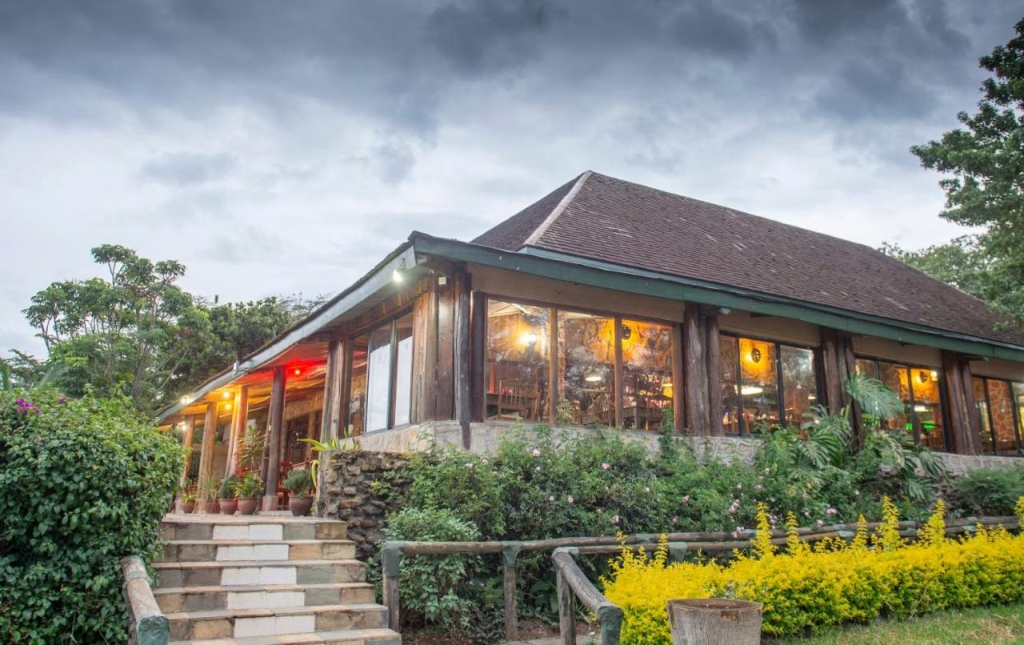
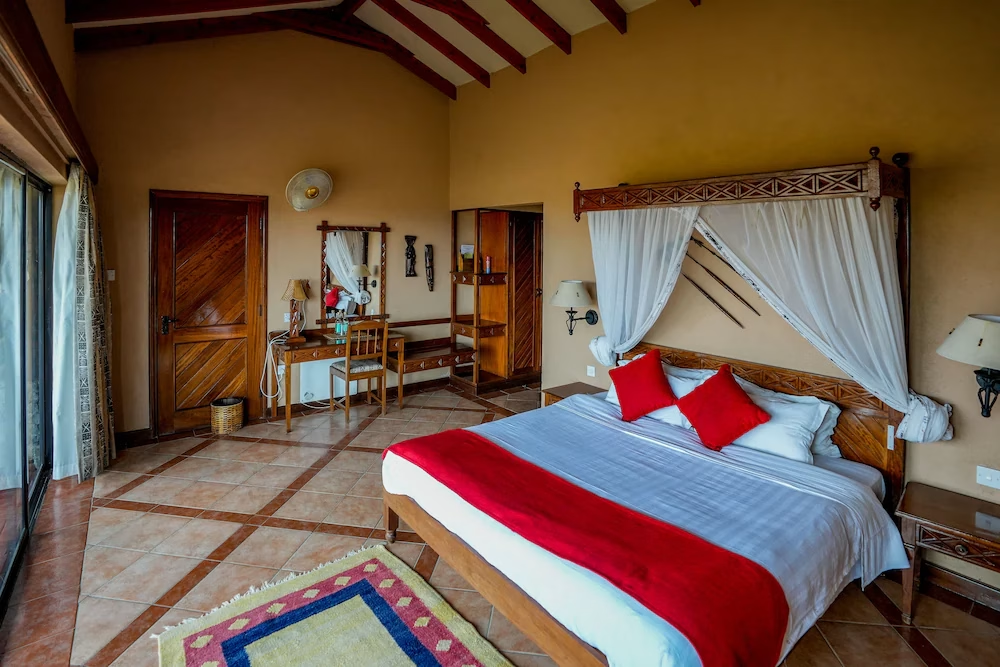
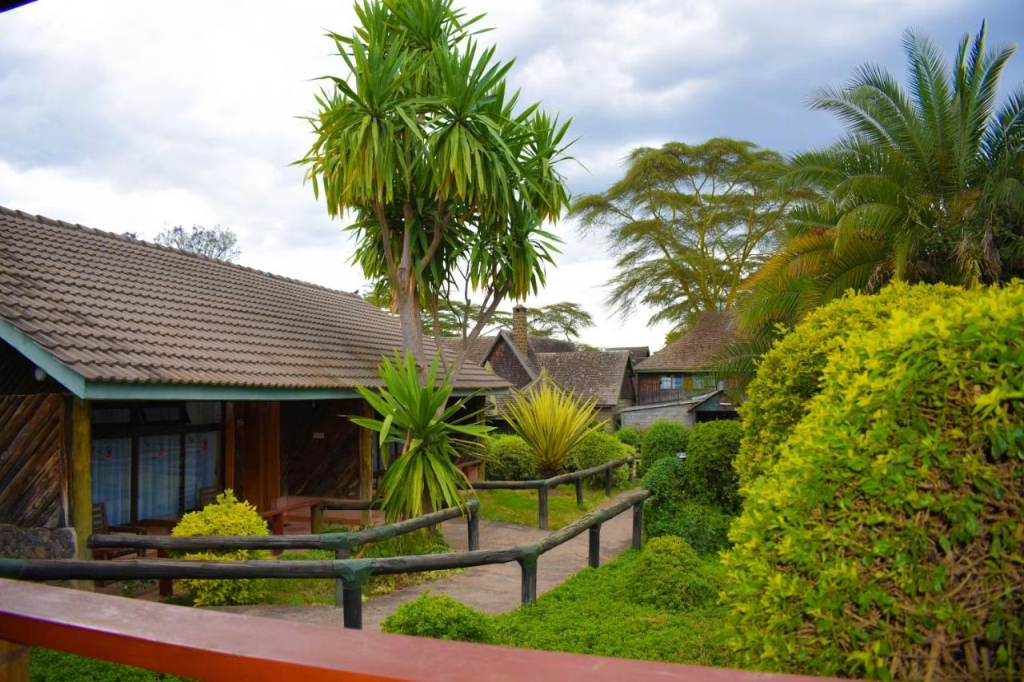
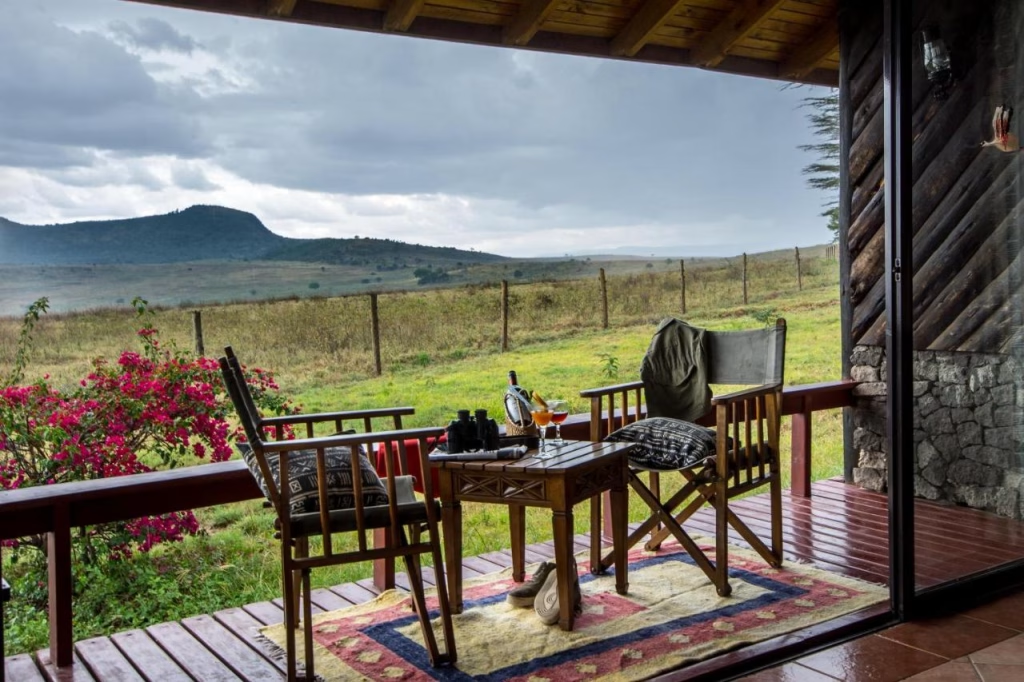
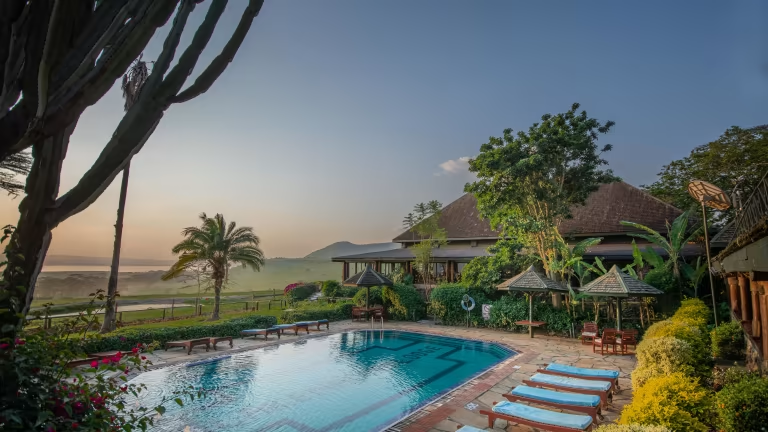
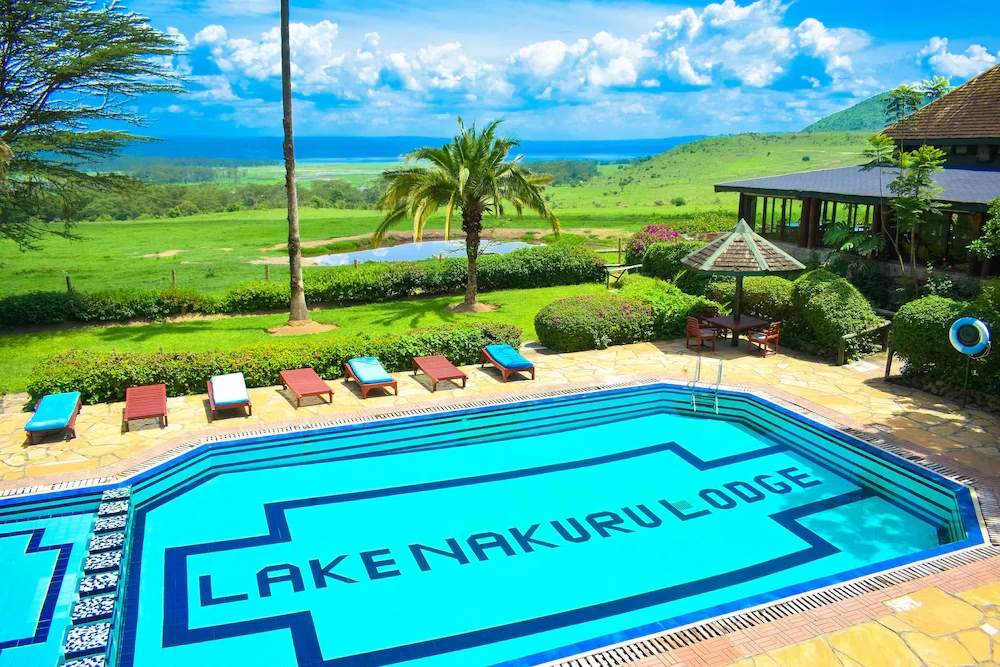
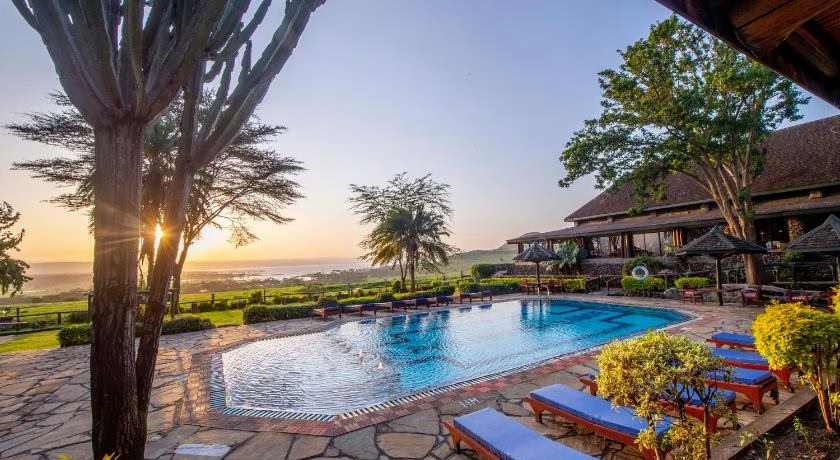
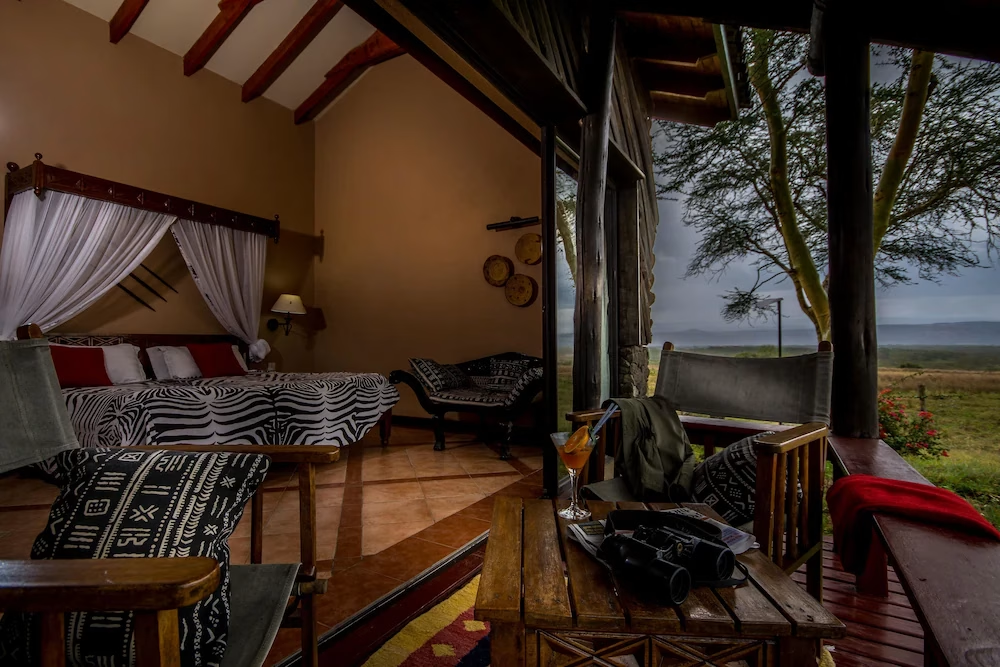
Set inside the park, Lake Nakuru Lodge blends eco-credentials with classic safari comfort. Rooms face the lake and acacia woodland, so wildlife is part of the stay. It suits couples, families, and groups who want Lake Nakuru accommodation that keeps them close to the action.
Location
The lodge sits in the south-eastern area of Lake Nakuru National Park. Its position gives open views of the flamingo zone and the surrounding plains.
Access
From Nairobi, drive 160–170 km on the Nairobi–Nakuru highway, then enter via Lanet or Nderit Gate. Road time is about three hours, traffic depending. By air, use Naishi Airstrip, then transfer by lodge vehicle to reception.
Rooms & Suites
Accommodation spans Deluxe Rooms, Historical Rooms, and Suites. All include ensuite bathrooms, seating areas, and terraces with lake views. Suites add fireplaces and hot tubs for extra comfort. Wi-Fi and flat-screen TVs are available in rooms.
Facilities & Amenities
You’ll find a temperature-controlled pool and landscaped gardens for downtime. MatiSpa offers treatments under the acacias. The lodge provides free Wi-Fi, a gift shop, and a conference center. Special diets are catered for with advance notice. Horse riding is available as an add-on.
Bar
The main bar serves cocktails, wine, beer, and hot drinks. Guests enjoy panoramic views from the deck. A pool table adds a relaxed, social touch. Opening hours run from 6:30 a.m. until the last guest leaves.
Meetings & Conferencing
The conference center supports strategy retreats and social events. Spaces can be arranged for plenary sessions and breakouts. On request, the team sets up bush dinners or sundowners to close the day.
Restaurants & Meals
Mutarakwa Restaurant seats 150–180 guests inside, plus 42 outdoors beside a watering hole. Breakfast runs 6:30–9:00 a.m., lunch 12:30–3:00 p.m., and dinner 7:30–9:00 p.m. Menus cover Indian, African, and American dishes. Vegetarian, gluten-free, and dairy-free options are available.
Activities
- Game drives with chances to see rhino, buffalo, and giraffe
- Bird watching within the lodge grounds
- Nature trails around the property
- Bush breakfasts and barbecues on request
- Excursions on horseback along the park perimeter
- Pool time and garden relaxation between drives
Tip: For background on wildlife and viewpoints, see our updated guide to Lake Nakuru National Park.
4. Flamingo Hill Tented Camp
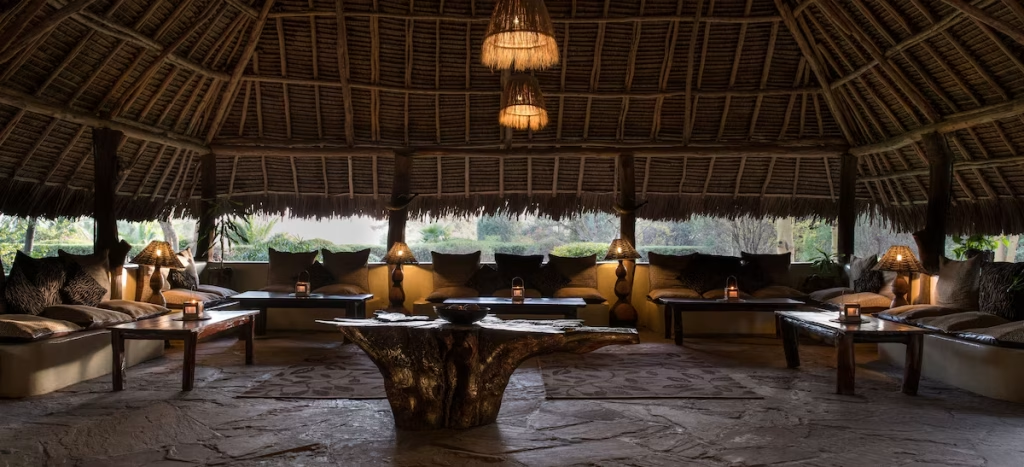
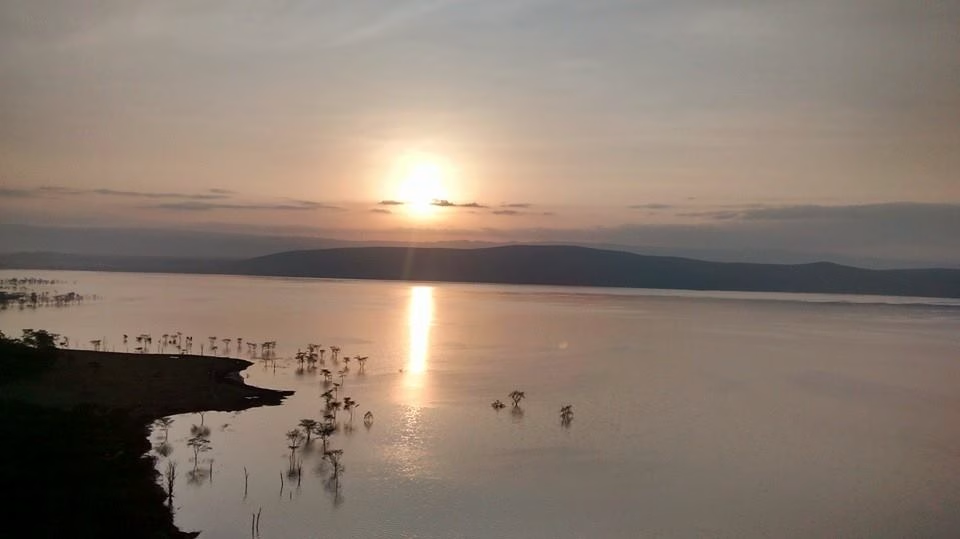
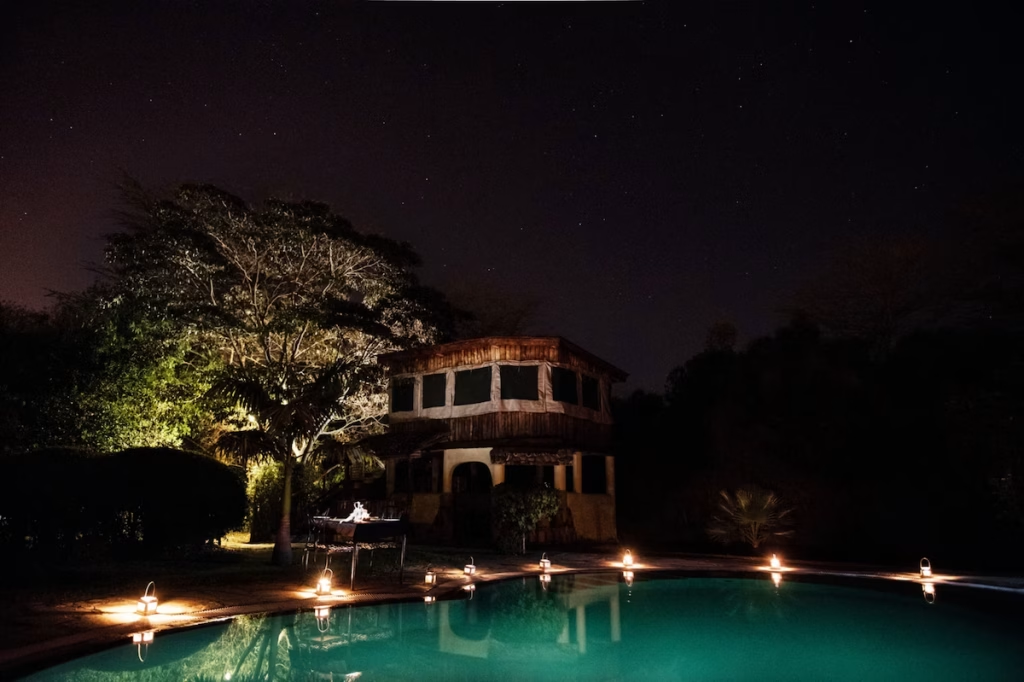
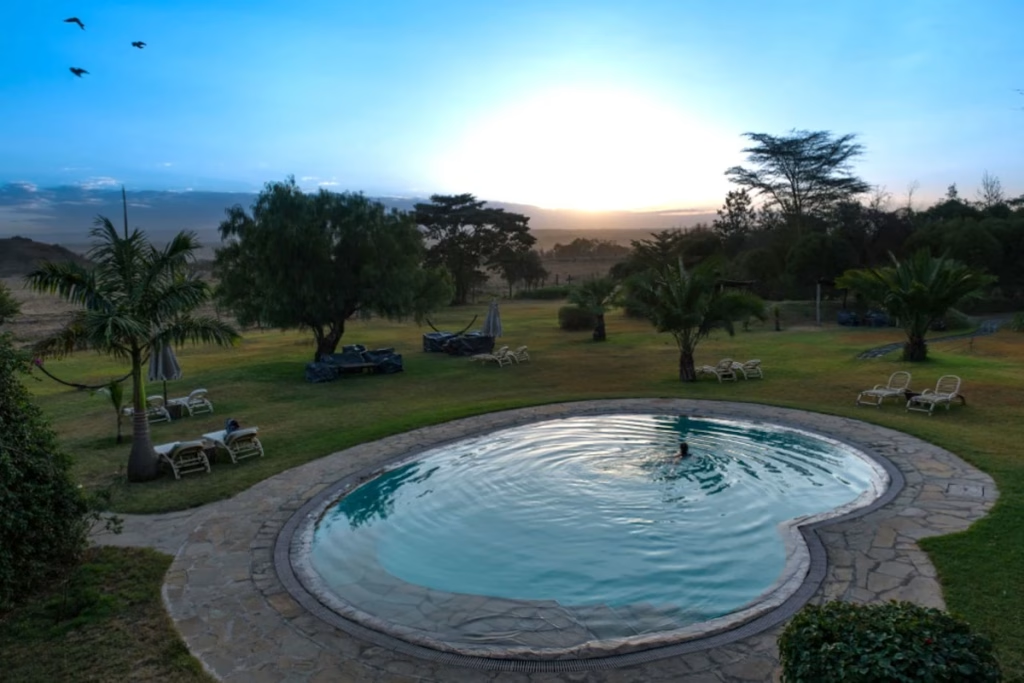
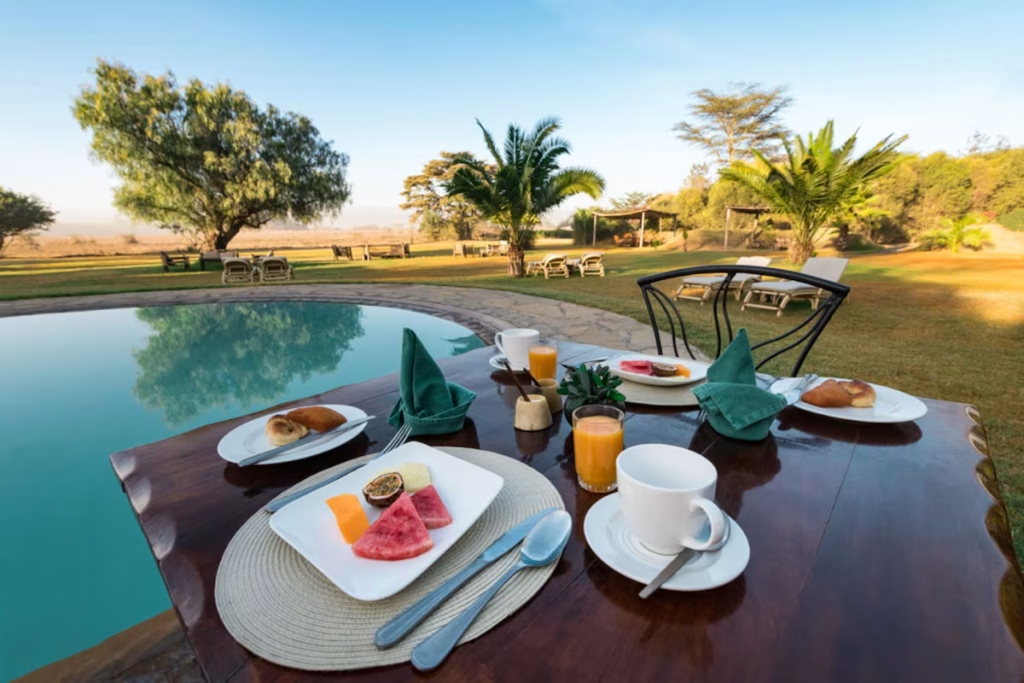
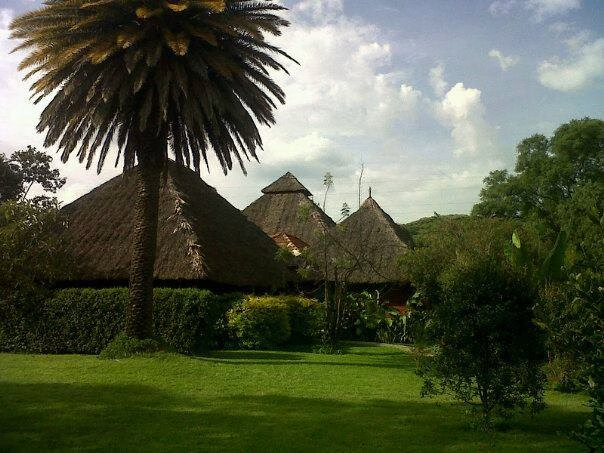
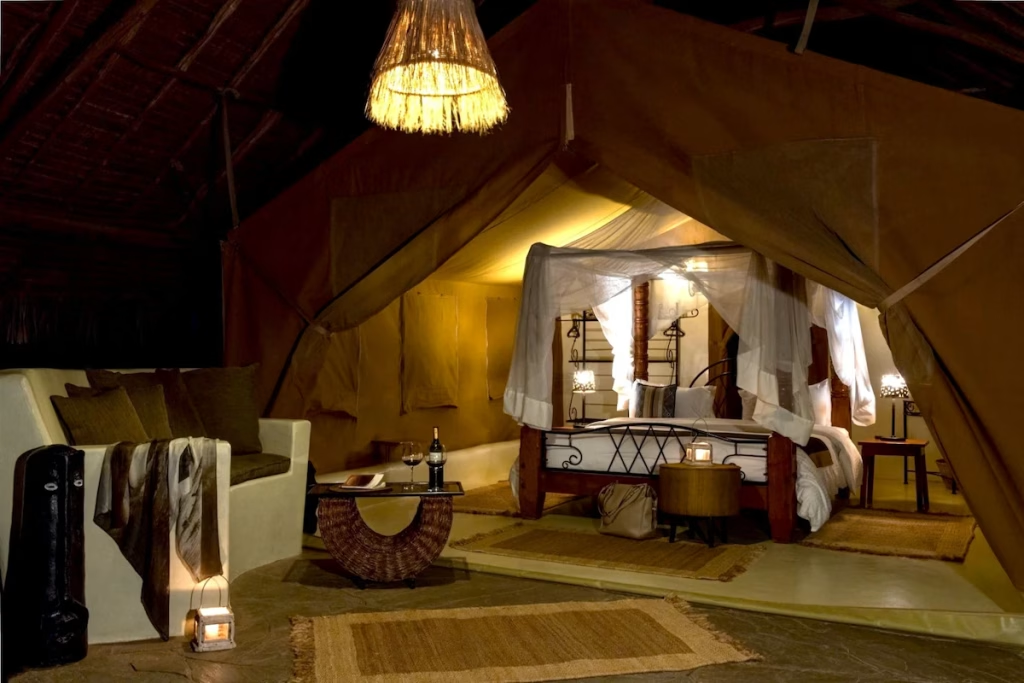
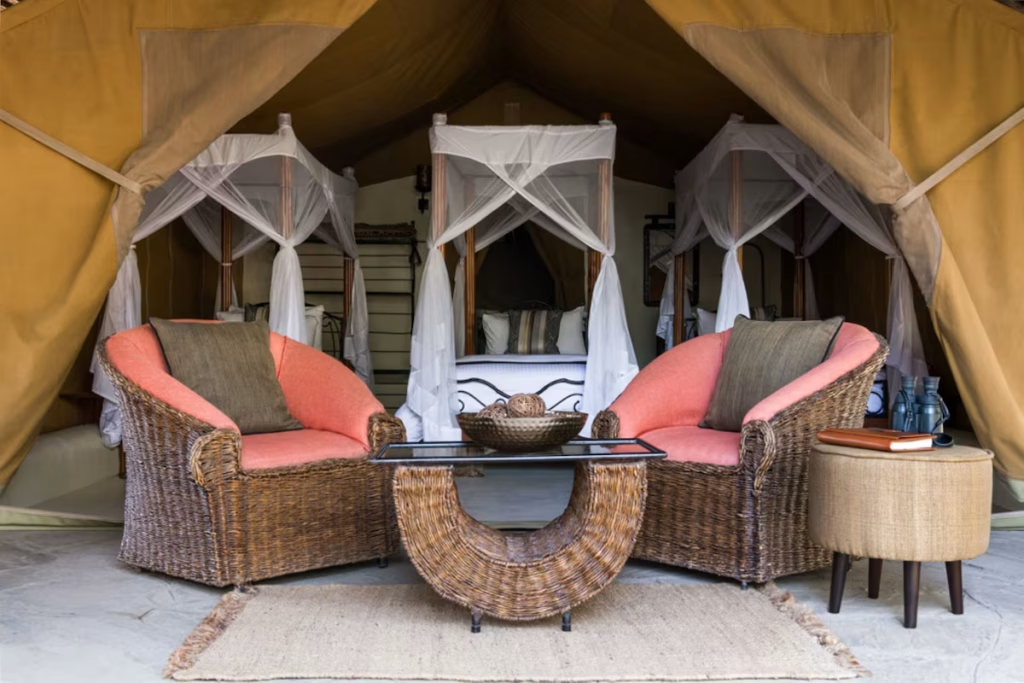
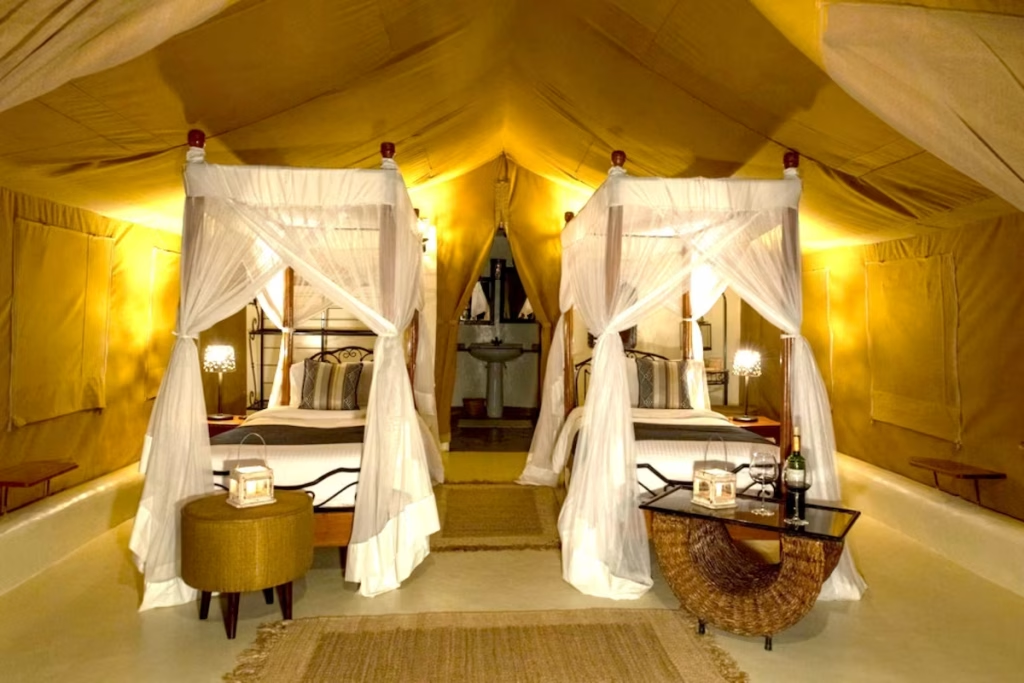
For travelers who want a more intimate and eco-friendly safari stay, Flamingo Hill Tented Camp delivers charm and comfort in equal measure. Nestled within the park, the camp is designed to evoke the spirit of traditional safari, yet with modern touches that make it a favorite among photographers and couples.
Location
The camp is situated inside Lake Nakuru National Park, near the main gate and close to the lake itself. Its position offers easy access to game drive circuits, while still feeling tucked away in the bush.
Access
By road, it’s about a 2.5–3-hour drive (approximately 160 km) from Nairobi. Visitors can also fly from Wilson Airport to Naishi Airstrip, followed by a short transfer. Since the camp sits near the park entrance, it’s one of the more conveniently located Lake Nakuru accommodation options.
Rooms & Suites
The camp consists of 25 spacious en-suite tents, each with four-poster beds, mosquito nets, and private verandahs. Interiors feature warm wooden furnishings, natural fabrics, and safari-inspired décor. Despite being tents, the rooms offer the comfort of a lodge with proper bathrooms and hot showers.
Facilities & Amenities
Facilities include a swimming pool, jacuzzi, spa, and gift shop. The camp prides itself on sustainability, with solar power and eco-friendly practices. Wi-Fi is available in public areas, though most guests come here to disconnect and enjoy the natural surroundings.
Bar
The bar and lounge area offers an open, rustic ambiance where guests can enjoy sundowners after a day of game drives. Signature cocktails and local beers are served against a backdrop of bush sounds and starry skies.
Meetings & Conferencing
While primarily leisure-focused, Flamingo Hill can host small groups and private events. The intimate setting is ideal for private retreats, workshops, or small celebrations.
Restaurants & Meals
The camp’s restaurant serves a mix of African and international cuisine. Meals are buffet-style with plenty of fresh produce. On request, guests can enjoy bush barbecues, sundowner snacks, or special romantic dinners under the stars. Special diets are also catered for.
Activities
- Guided game drives within Lake Nakuru National Park
- Bird watching, including flamingos and pelicans around the lake
- Nature walks with local guides
- Spa treatments and relaxation at the pool
- Sundowners and cultural evenings
- Small-group bush dining experiences
With its intimate size, eco-conscious design, and authentic safari atmosphere, Flamingo Hill Tented Camp is one of the most unique choices for accommodation in Lake Nakuru National Park. It is especially popular with photographers, honeymooners, and travelers seeking a boutique experience.
Why Stay Outside Lake Nakuru National Park?
While staying inside the park immerses you in nature, there are good reasons to consider accommodation outside Lake Nakuru National Park. These properties offer flexibility, access to city amenities, and more variety in price and style.
- Lower cost and flexibility: Outside-the-park hotels often have lower rates, especially for long stays or large groups. Guests also have more meal and entertainment choices beyond the lodge.
- Access to Nakuru town’s services: From shopping malls to medical facilities and nightlife, staying in town puts you closer to modern conveniences.
- Good for mixed itineraries: For travelers combining business, conferences, and safaris, outside options offer the best of both worlds.
- Suitable for diverse budgets: Whether you’re seeking luxury accommodation in Lake Nakuru or budget-friendly camps, outside-the-park stays provide a wide spectrum of choices.
This makes outside stays particularly appealing for business travelers, families needing city access, and safari-goers seeking a blend of wilderness by day and modern comfort by night.
Top Accommodation Options Outside Lake Nakuru National Park
5. Sarova Woodlands Hotel & Spa
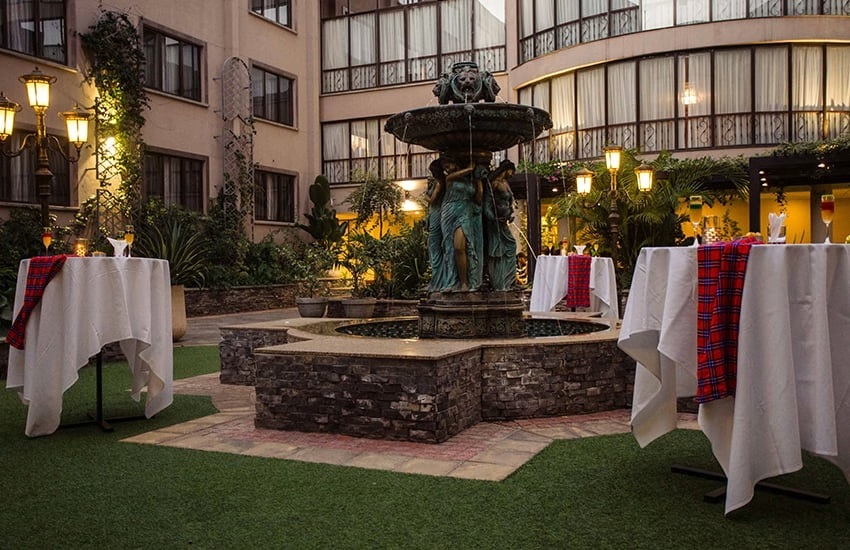
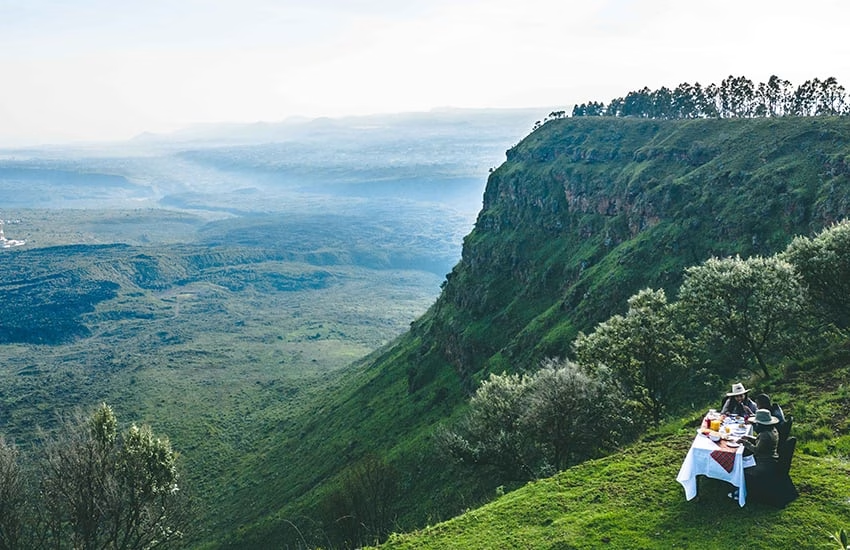
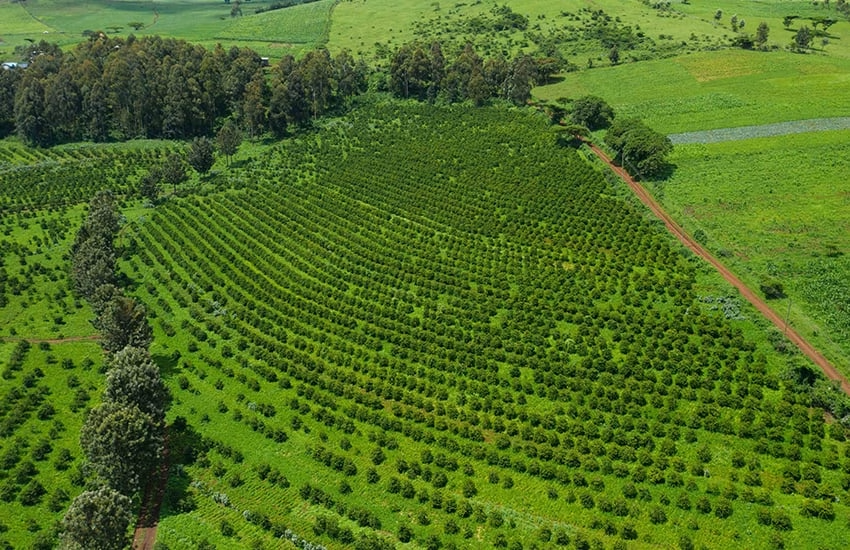
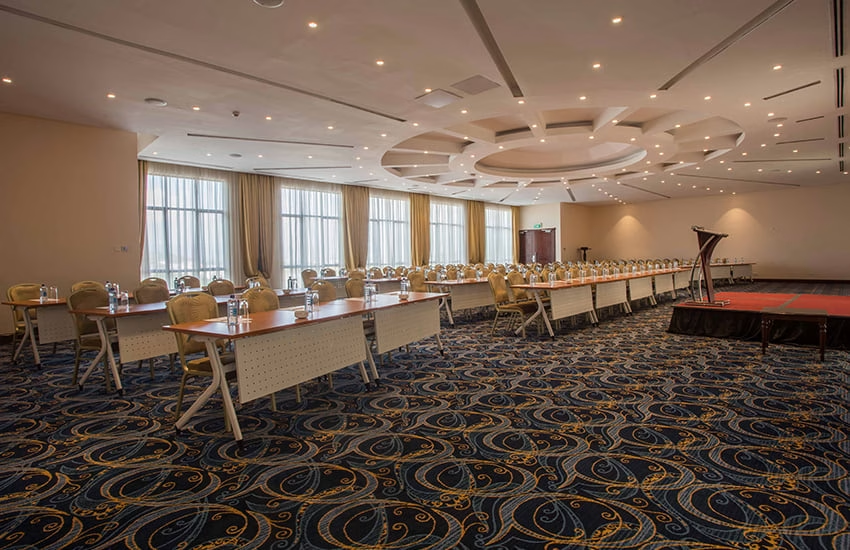
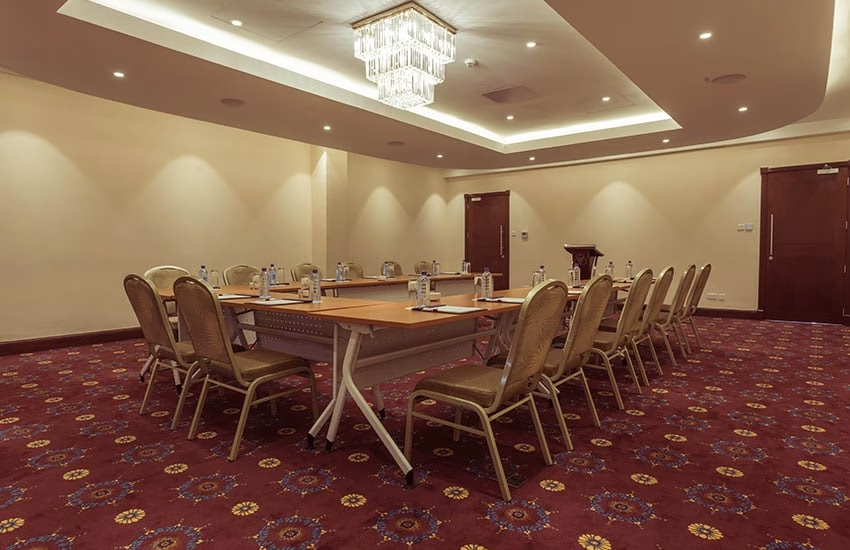
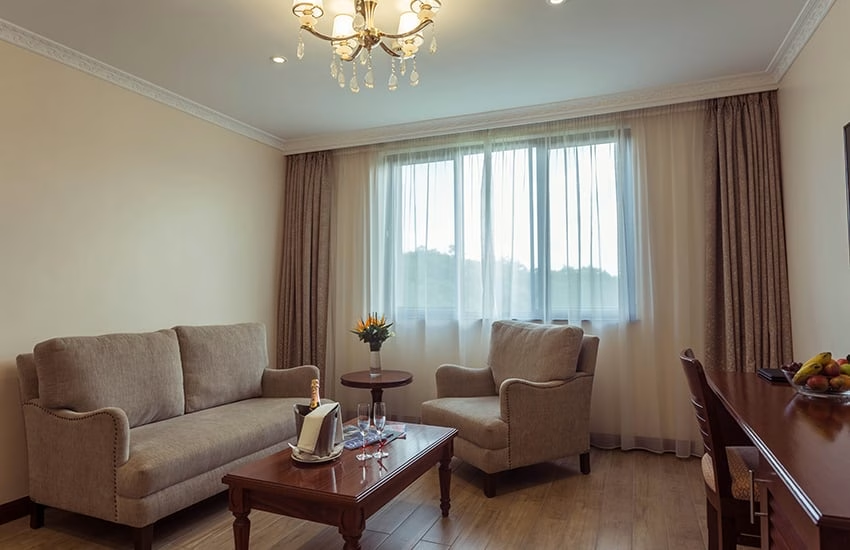
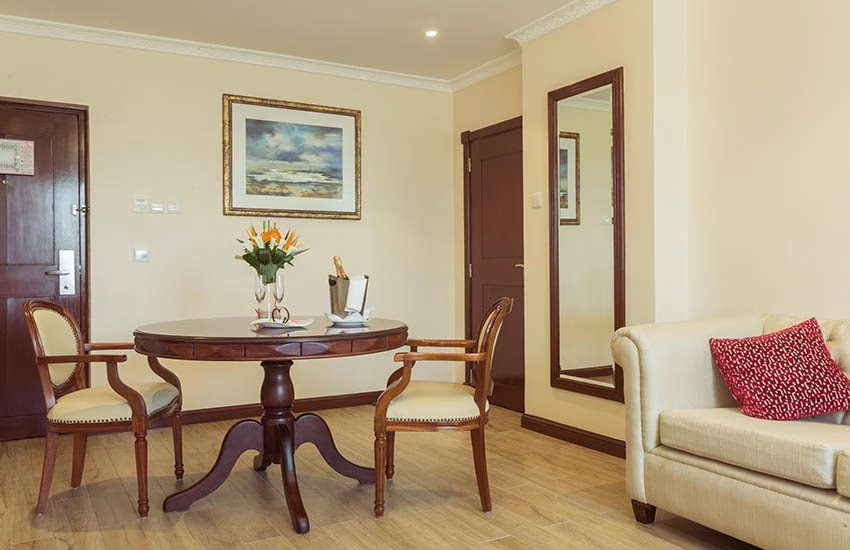
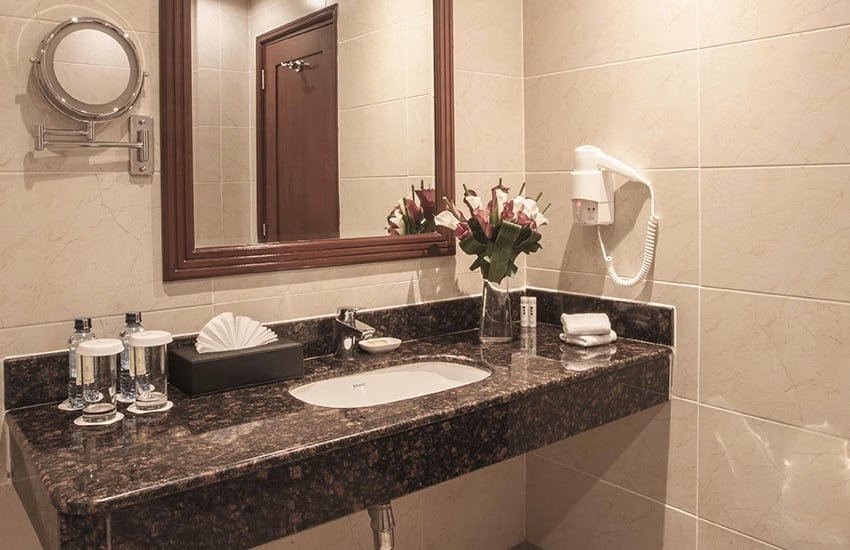
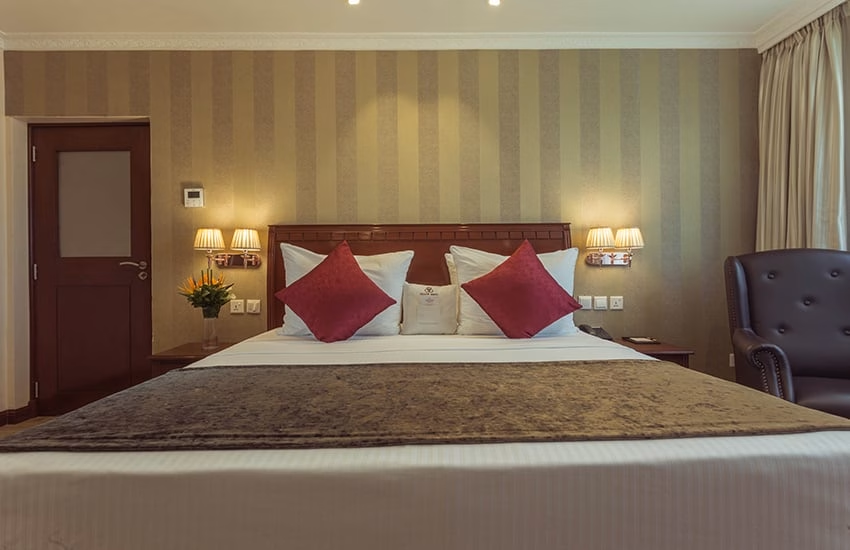

For travelers who prefer luxury and modern comfort just outside the park, Sarova Woodlands Hotel & Spa in Nakuru town is a premier choice. Located in the upscale Milimani area near the State House, the hotel balances convenience with elegance. Guests often choose it for business events, romantic escapes, or as a relaxing base before and after exploring Lake Nakuru National Park.
Location
The hotel is just 10 minutes’ drive from Lake Nakuru National Park, making it one of the most convenient outside-the-park stays. Its position in Nakuru town allows guests to enjoy both safari adventures and the city’s vibrant nightlife.
Access
From Nairobi, it’s a 160 km drive (2.5–3 hours) along the Nairobi–Nakuru Highway. Alternatively, flights from Wilson Airport land at Naishi Airstrip, followed by a short transfer into town.
Rooms & Suites
The hotel has 147 spacious rooms and suites, including:
- Superior Rooms
- Cozy Studios
- Executive Suites
- A luxurious Presidential Suite
All rooms are air-conditioned and feature high-speed Wi-Fi, satellite TV, minibars, tea/coffee facilities, and 24-hour room service. The interiors blend modern design with warm hospitality, ensuring comfort for both business and leisure travelers.
Facilities & Amenities
Facilities include:
- A swimming pool with lush courtyards
- A full-service spa with award-winning treatments
- A fitness center
- Landscaped gardens and tranquil outdoor spaces
The Sunday Brunch by the pool (every first Sunday of the month) is a standout feature, popular with locals and guests alike.
Bar
The Leather Bar offers a cozy wood-and-leather ambiance, big HD screens for live sports, and a curated menu of cocktails, wines, and light bites. It’s the perfect place to relax after a day of adventure.
Meetings & Conferencing
Sarova Woodlands is one of Nakuru’s premier event venues. Facilities include:
- Indoor meeting rooms with state-of-the-art AV technology
- Expansive lawns capable of hosting up to 3,000 guests for weddings, galas, and retreats
- Outdoor catering by the renowned Kitchens of Sarova team
This makes it an outstanding option for corporate conferences, weddings, and large celebrations.
Restaurants & Meals
Guests can dine at:
- Cinnamon Restaurant, offering buffet and à la carte meals with live cooking stations
- The Courtyard, an outdoor casual dining space for light meals and snacks
- Special excursions, such as bush breakfasts in the park, sundowner cocktails, or meals at Menengai Crater (available at extra cost)
Dietary needs are well catered for, and the range of cuisines blends international favorites with Kenyan flavors.
Activities
- Game drives into Lake Nakuru National Park
- Spa treatments and wellness sessions
- Swimming and fitness workouts
- Excursions to nearby attractions such as Menengai Crater and Hell’s Gate National Park
- Exploring Nakuru’s nightlife and cultural heritage sites
With its upscale amenities, versatile event spaces, and close proximity to the park, Sarova Woodlands Hotel & Spa is one of the most sought-after options for those seeking luxury Lake Nakuru accommodation rates outside the park.
Kembu Campsite (Kenana Farm)
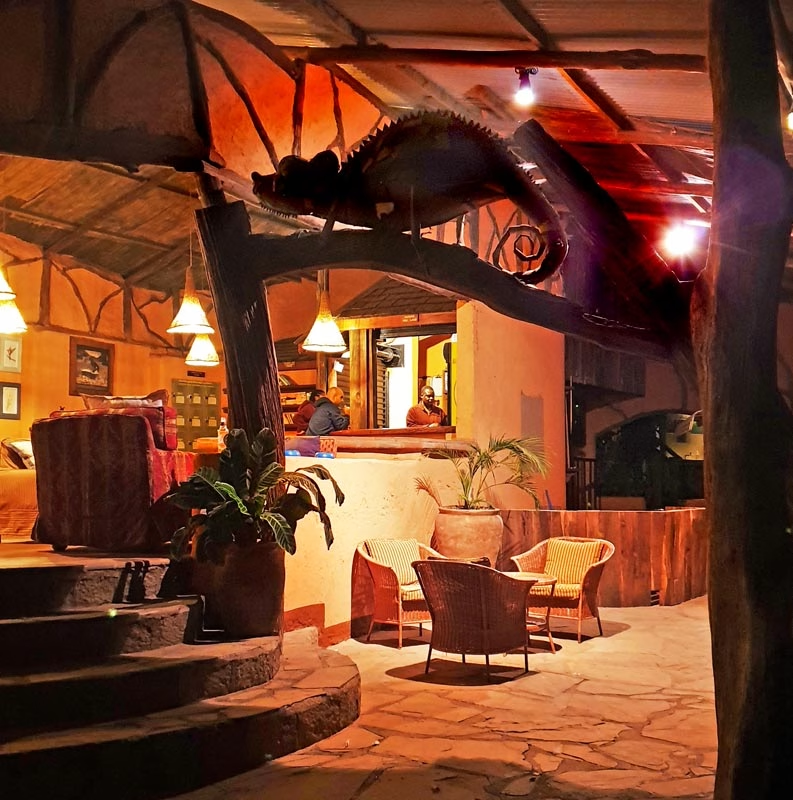
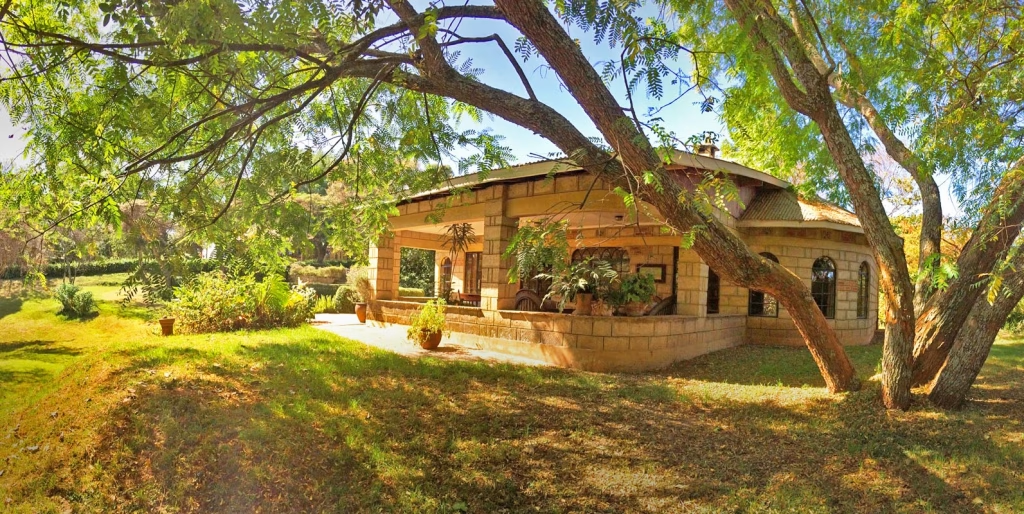
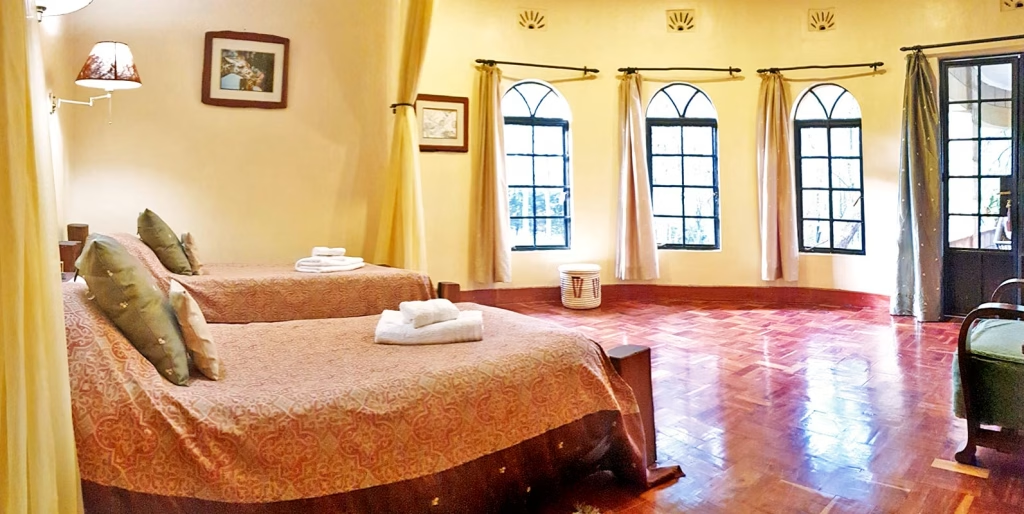
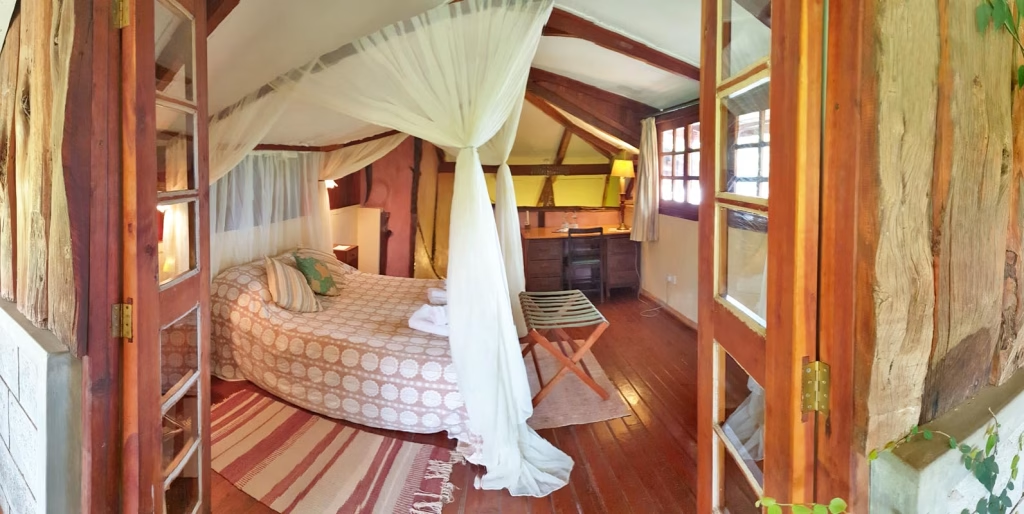
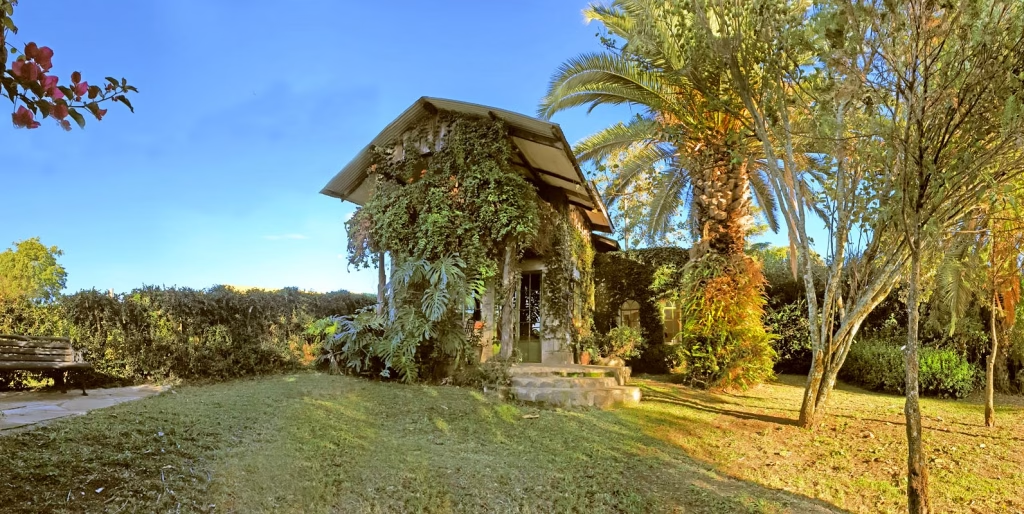
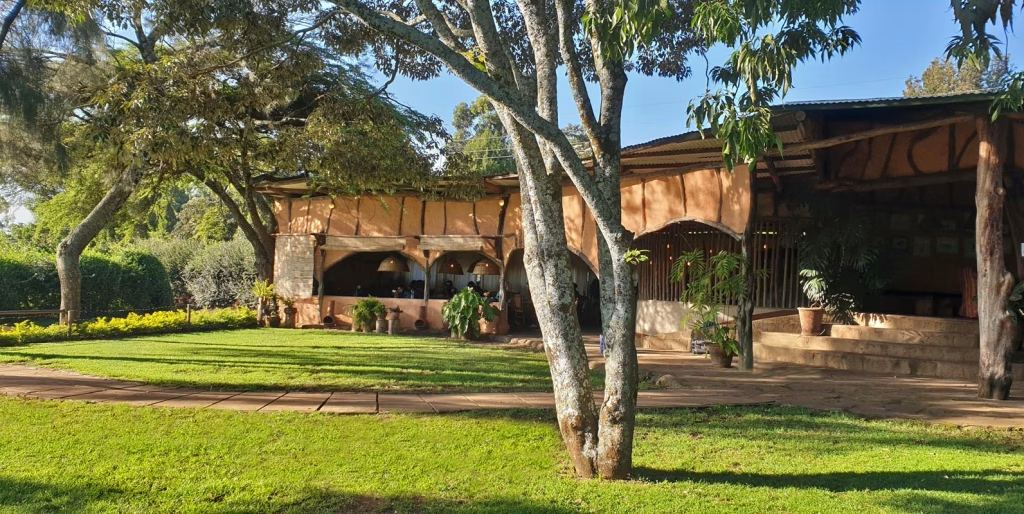
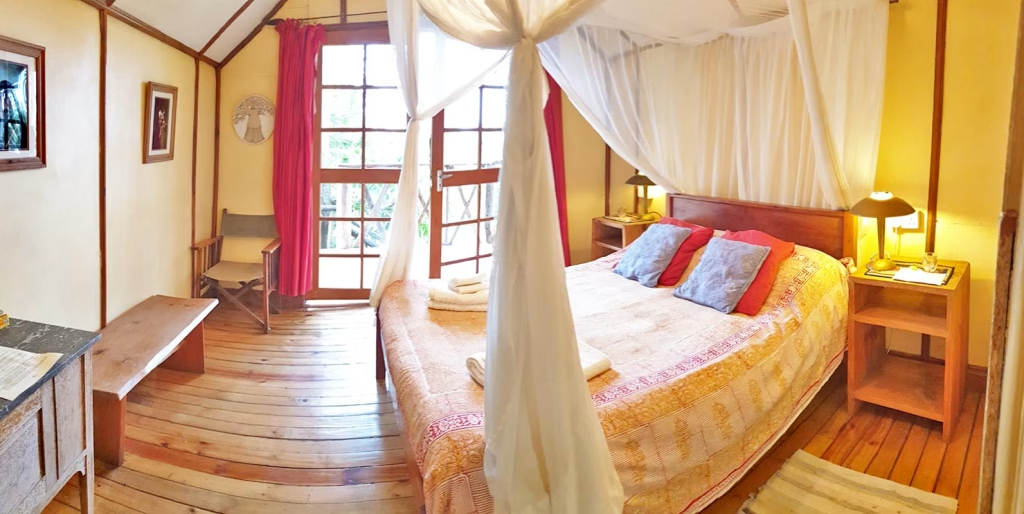
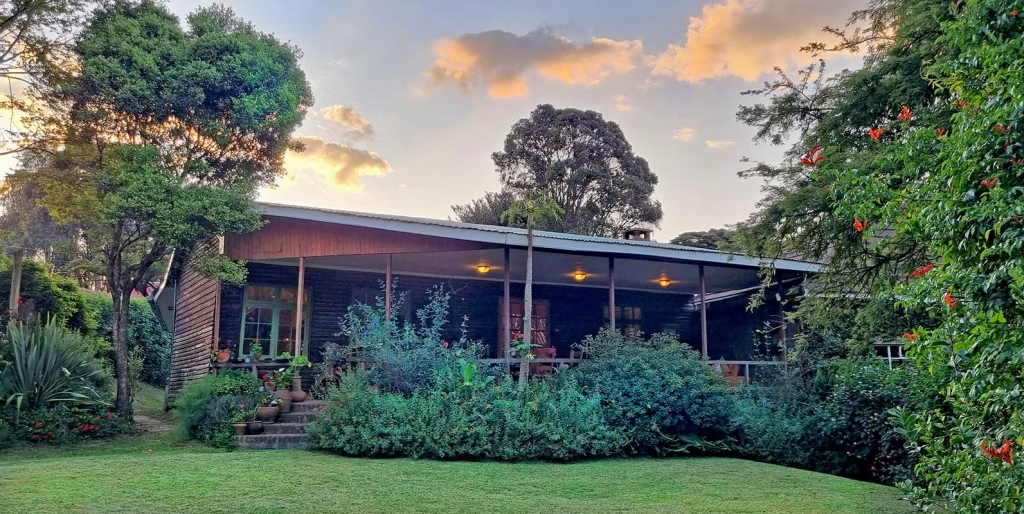
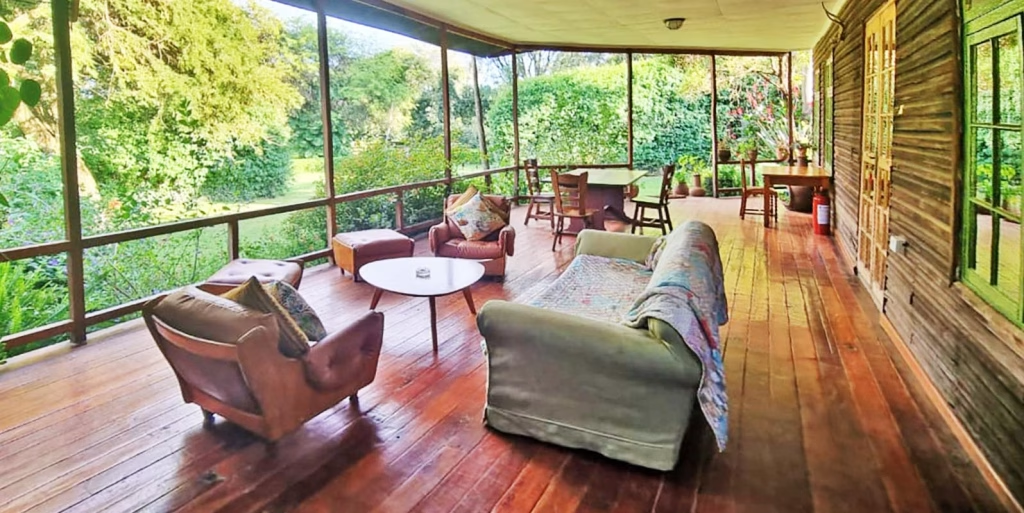

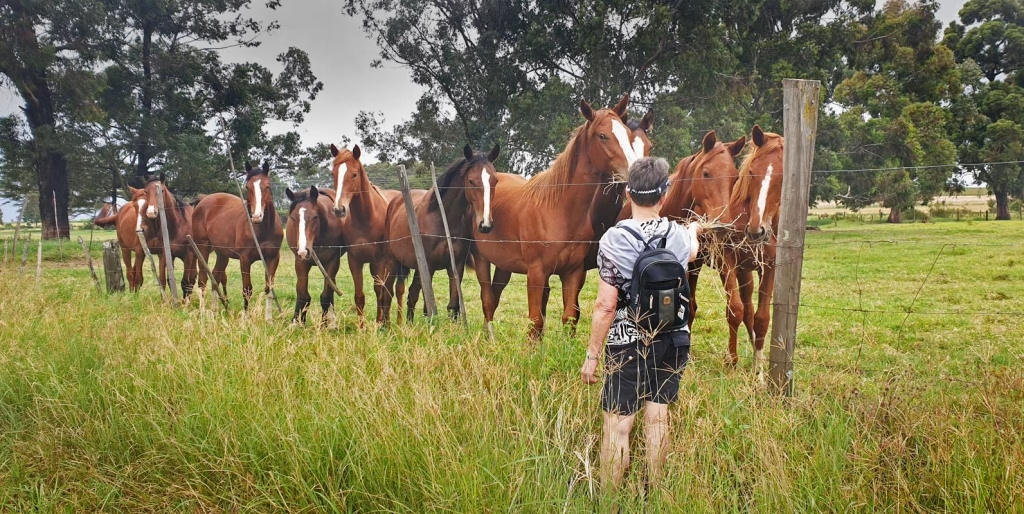

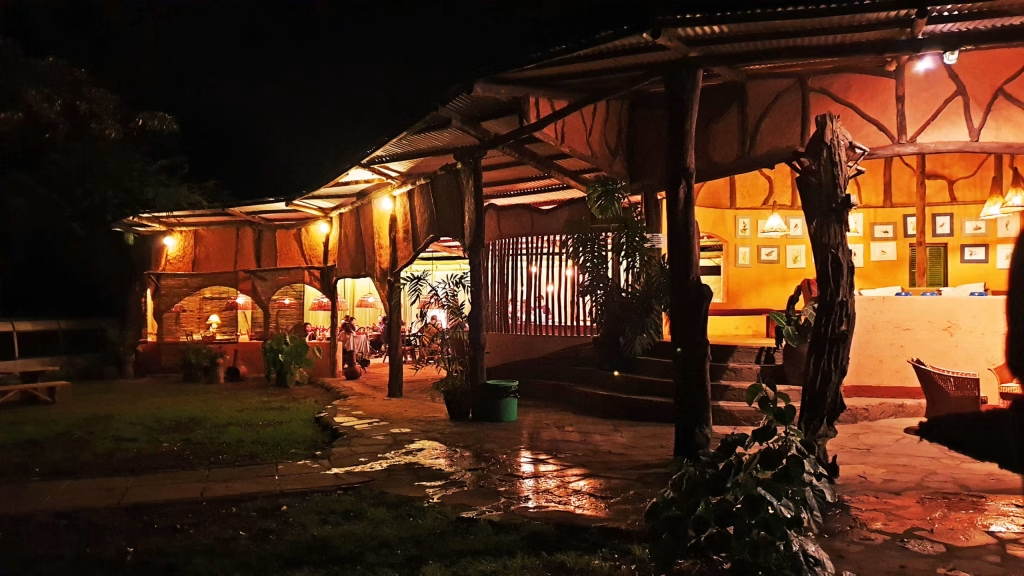
For travelers looking for budget accommodation near Lake Nakuru National Park without sacrificing charm or comfort, Kembu Campsite offers a truly unique stay. The name Kembu comes from the Kikuyu word ki’mbu, meaning chameleon, a nod to the colorful reptiles that thrive in the hedges and bushes around the farm. Located on the working Kenana Farm, the campsite and surrounding cottages blend rustic adventure with farm life, eco-conscious living, and warm Kenyan hospitality.
Location
The property is about 8 km from Njoro town and a 30-minute drive to Lake Nakuru National Park. It sits on a 400-hectare highland farm with panoramic views of the Great Rift Valley. Guests enjoy a serene countryside setting surrounded by acacia woodland, farmland, and birdlife.
Access
From Nairobi, it’s a 3.5–4-hour drive (190 km) on good roads. For those arriving by air, flights land at Naishi Airstrip, followed by a transfer. Self-drivers will find the campsite accessible with 2WD, though a 4×4 is recommended for the park.
Rooms & Suites
Accommodation at Kembu is flexible and suits all budgets:
- Cottages – Options include Foresters Cottage, Acacia Cottage, Kenana Cottage, Cedar Cottage, Octagon Cottage, Albizia Cottage, Mutati Cottage, and Beryl’s Cottage. These are ideal for families or groups wanting privacy and comfort.
- Specialty Stays – The quirky Tree House, Cobbs Carriage, and Andrew & Zoe’s House add a unique twist.
- Group Options – Kembu Bunkhouse for large groups and students, plus the campsite with terraced lawns for tents. Safari dome tents with mattresses and bedding are available for hire.
This variety makes Kembu perfect for backpackers, families, eco-travelers, and groups.
Facilities & Amenities
- Clean showers, toilets, and laundry/washing-up areas for campers
- Fire pits and cooking areas (no damaging campfire scars allowed)
- Wi-Fi, charging lockers, and fresh coffee available at the lounge
- Gardens, walking trails, and birdwatching areas
- Access to the Kenana Stables, Kenana Dairy, and Kenana Knitters community project
Bar
The Kembu Bar is a cozy hub for guests, featuring a roaring fire, chilled beers, wines, and spirits. It’s the perfect spot for swapping safari stories under the cool highland evenings.
Meetings & Conferencing
While it doesn’t have a formal conference center, Kembu’s open lawns, cottages, and pavilions are often used for retreats, workshops, and team-building sessions. The Wedding Ceremony Venue is also popular for rustic countryside weddings.
Restaurants & Meals
Dining is centered at the Pioneers Bar & Restaurant and Garden Terrace, which serve farm-to-fork meals using produce grown on-site. Highlights include:
- Homegrown vegetables, eggs, dairy, bread, and pasta
- Seasonal dishes that change with the farm harvest
- A full menu ranging from nachos and falafel to hearty burgers, pizzas, pastas, and Kenyan staples
- Desserts such as lavender ice cream and sticky toffee date cake
- Country-style dining on the terrace or private “Lunch on the Lawn” beneath shaded trees
Activities
- Bird watching and nature walks on the farm
- Farm tours of the dairy, stables, and artisan workshops
- Horse riding at Kenana Stables
- Craft shopping at Kenana Knitters
- Tree planting experiences for conservation-minded guests
- Day trips to Lake Nakuru for game drives
- Board games and campfire socials at night
With its blend of farm life, sustainability, and safari proximity, Kembu Campsite (Kenana Farm) is the ultimate countryside escape. Whether you’re after cheap accommodation near Lake Nakuru, a family-friendly farm cottage, or an eco-conscious group retreat, Kembu delivers a wholesome and memorable stay.
Comparison of Lake Nakuru Accommodation Options
Here’s a quick guide to help you choose the right Lake Nakuru accommodation based on location, price, and experience:
| Accommodation | Location | Price Range | Best For | Unique Features |
|---|---|---|---|---|
| Sarova Lion Hill Game Lodge | Inside Park | Mid–Upper | Families, couples, comfort seekers | Rift Valley views, eco-certified, cultural nights |
| Lake Nakuru Sopa Lodge | Inside Park | Mid | Families, groups | Infinity pool, panoramic escarpment views, wheelchair access |
| Lake Nakuru Lodge | Inside Park | Mid | Eco-conscious, activity lovers | Horse riding, MatiSpa, bush breakfasts |
| Flamingo Hill Tented Camp | Inside Park | Mid (boutique) | Couples, photographers | 25 luxury tents, eco-conscious, small & intimate |
| Sarova Woodlands Hotel & Spa | Outside Park (Nakuru Town) | Upper | Business + safari, luxury seekers | Leather Bar, spa, Sunday Brunch, 3,000-guest lawns |
| Kembu Campsite (Kenana Farm) | Outside Park (Njoro) | Budget | Backpackers, eco-travelers, families, groups | Farm-to-fork dining, cottages, tree house, Kenana Knitters |
FAQs About Lake Nakuru Accommodation
What is the best accommodation in Lake Nakuru National Park?
For luxury inside the park, Sarova Lion Hill Game Lodge stands out with eco-certification and award-winning service. For boutique charm, Flamingo Hill Tented Camp is perfect for couples and photographers.
Is it better to stay inside or outside Lake Nakuru National Park?
- Inside the park: Ideal for safari immersion, early game drives, and wildlife views from your room.
- Outside the park: Best for lower rates, access to Nakuru town’s amenities, and more diverse dining and nightlife.
Are there cheap accommodation options in Lake Nakuru?
Yes. Kembu Campsite (Kenana Farm) offers camping from $15 per person, plus budget cottages. It’s perfect for backpackers, students, and eco-conscious travelers.
What are Lake Nakuru accommodation prices like?
- Luxury lodges inside the park: $200–$400 per night (full board).
- Mid-range options: $150–$250 per night.
- Budget stays (Kembu Campsite): From $15 per night for camping, $50+ for cottages.
How much are Lake Nakuru Sopa Lodge prices?
Rates vary by season:
- Peak (July–Sept, Dec–Jan): From $249 single / $409 double.
- Low (Apr–Jun): From $159 single / $228 double.
This makes it one of the most flexible Lake Nakuru accommodation rates for families.
Where is Lake Nakuru Sopa Lodge located?
It’s on the western escarpment of the Rift Valley, inside Lake Nakuru National Park, about 165 km from Nairobi.
Does Lake Nakuru Lodge offer special activities?
Yes, including horse riding, bush breakfasts, spa treatments, bird watching, and game drives—making it one of the most activity-rich accommodation in Lake Nakuru National Park.
Is Flamingo Hill Tented Camp good for families?
It’s better suited for couples and small groups seeking intimacy. Families may find more space and amenities at Lake Nakuru Lodge or Sopa Lodge.
What’s the most luxurious stay outside Lake Nakuru?
Sarova Woodlands Hotel & Spa in Nakuru town offers spa treatments, fine dining, and modern facilities. It’s ideal for combining safari with business or urban activities.
Book Lake Nakuru Accommodation with us
Choosing where to stay around Lake Nakuru depends on the experience you want. Stay inside the park for full immersion, wildlife at your doorstep, and iconic views. Choose outside the park for flexibility, budget options, and access to Nakuru town’s services.
Whatever your preference, booking through a professional safari operator ensures your accommodation, game drives, and transfers are seamless. At Campo East Africa Safaris, we tailor safari itineraries that match your style and secure the best Lake Nakuru accommodation for your needs.
If you’re short on time, our 2 Days, 1 Night Lake Nakuru National Park Safari package is the perfect way to experience the park’s wildlife and enjoy a comfortable stay without the stress of planning.

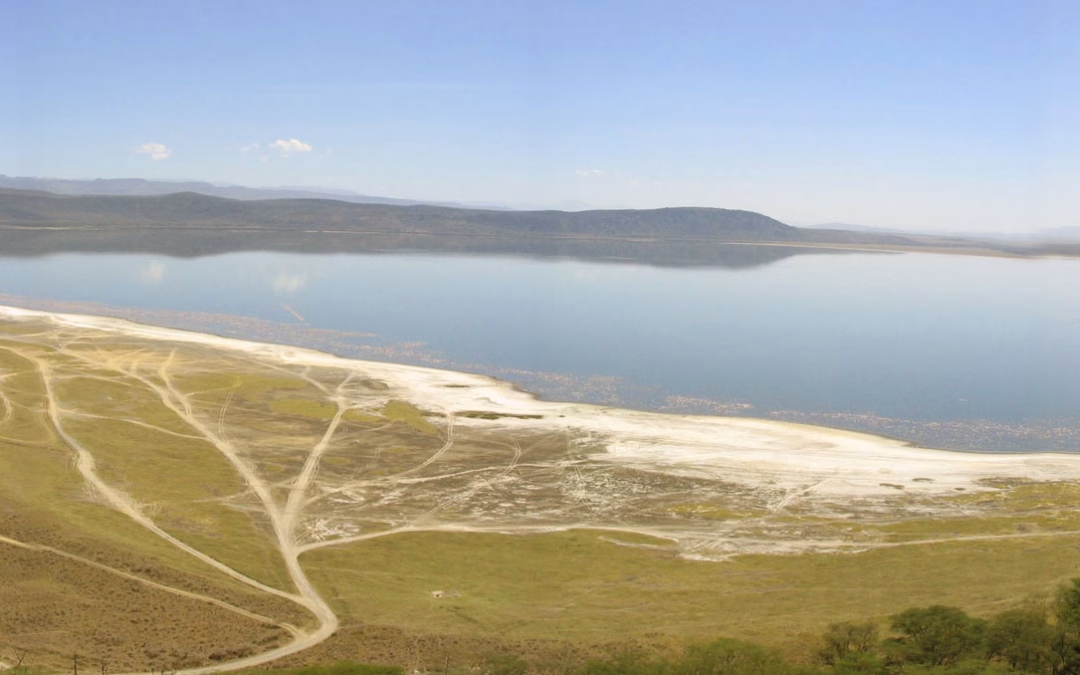
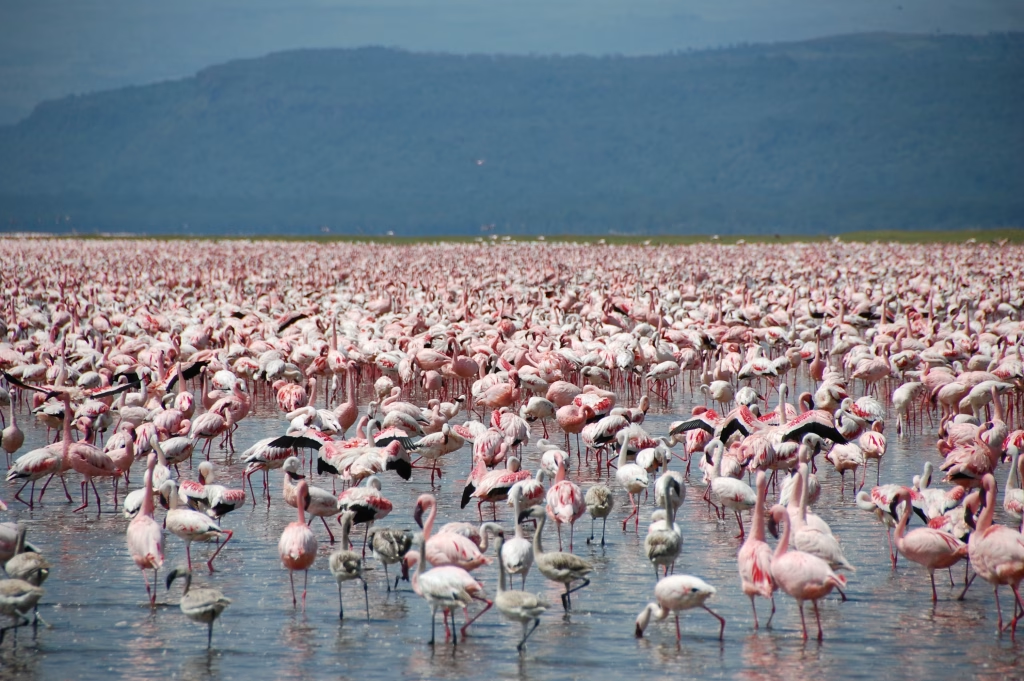
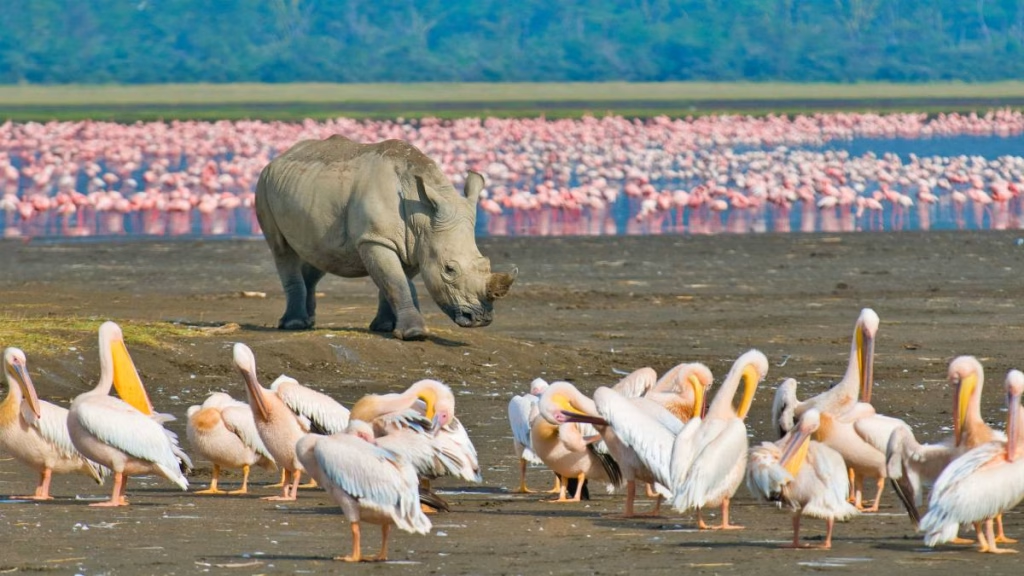


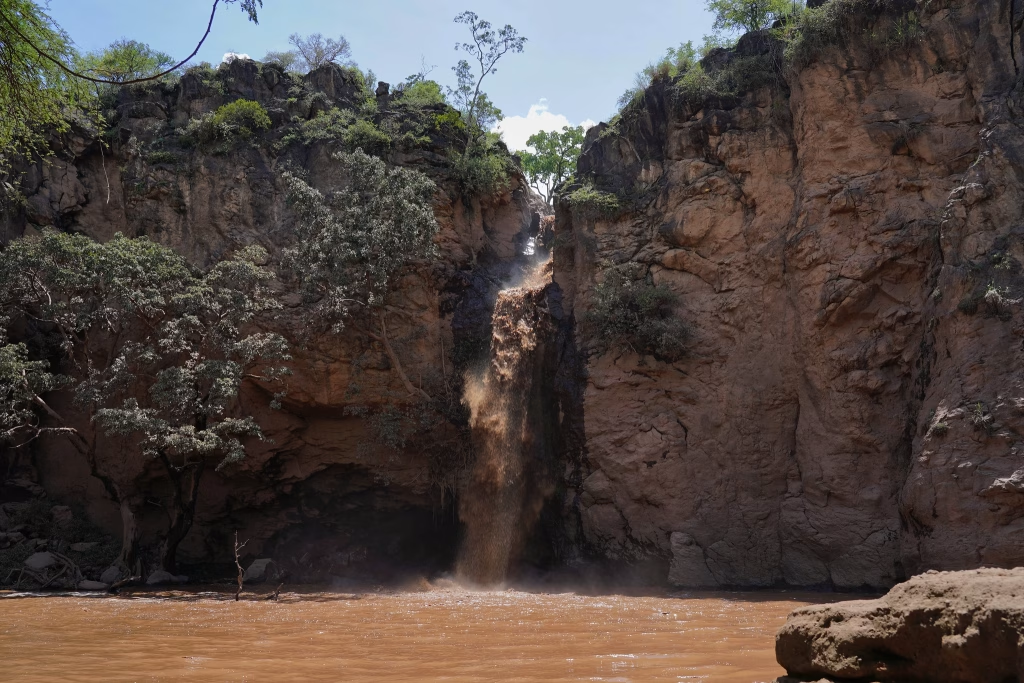

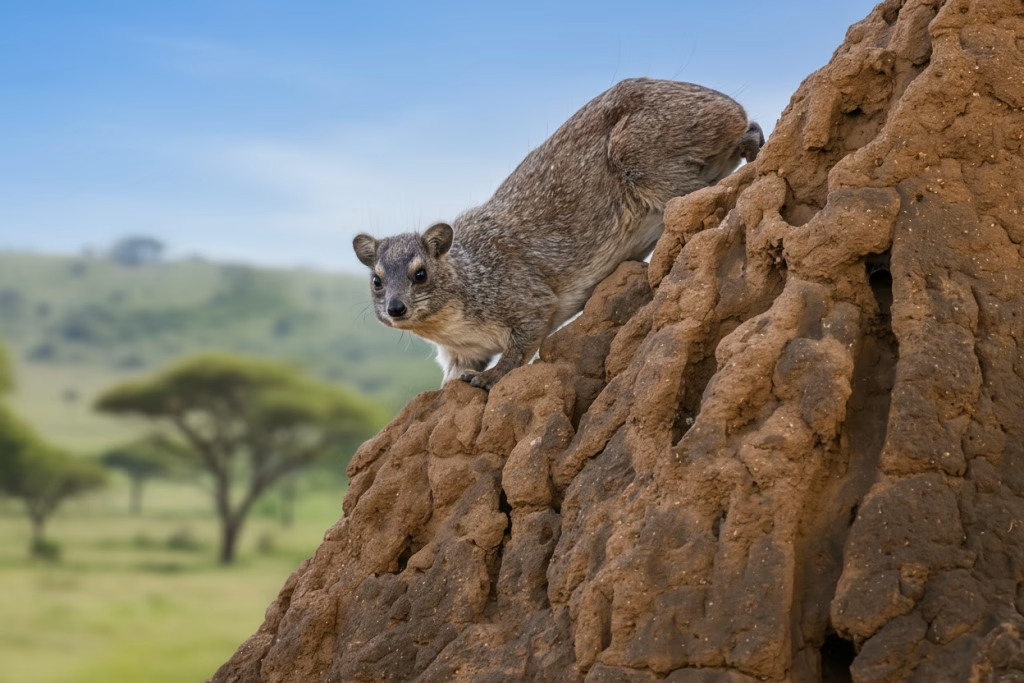
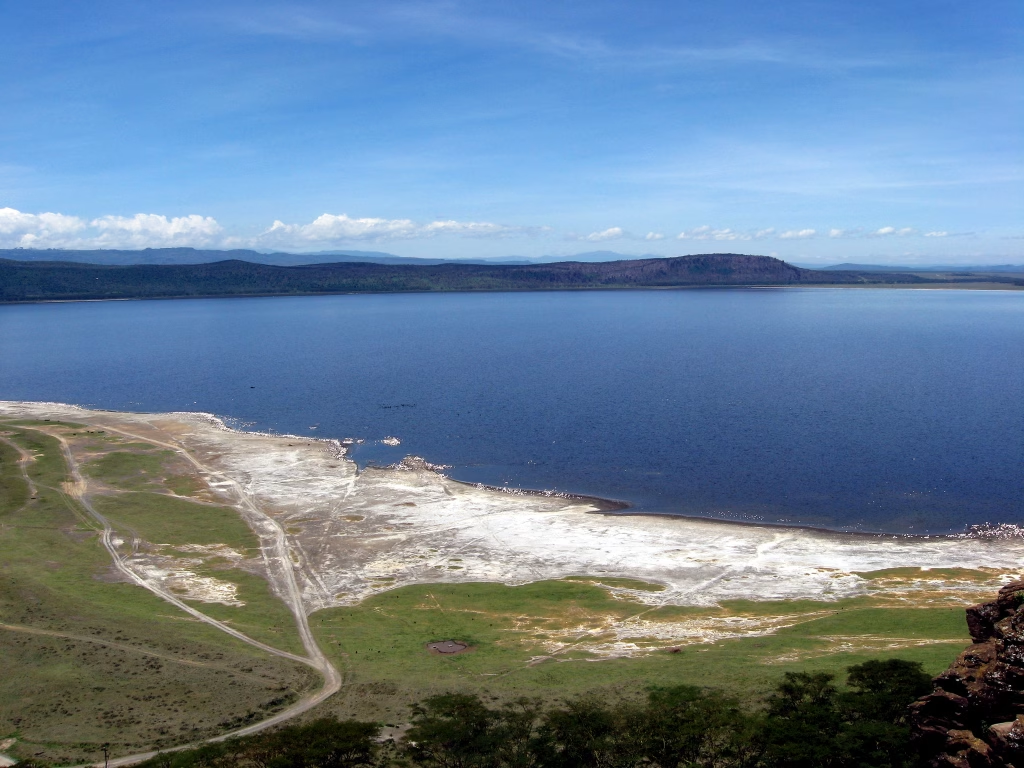
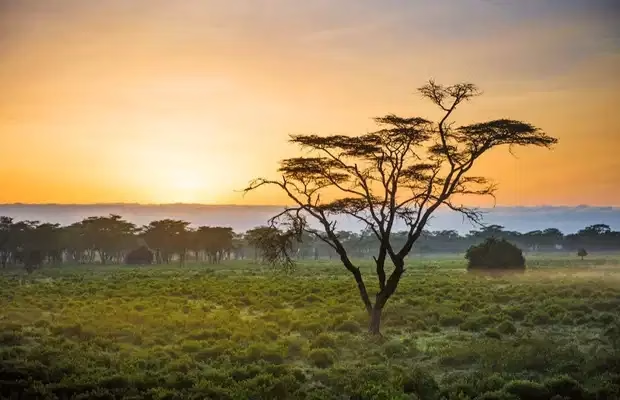










Recent Comments